by Alan K. Lee
My wife and I love to explore new places, and most of our travels are to places that we have never been to before. But there are a few places that have drawn us back again and again. One of those is British Columbia’s Gulf Islands. The Covid-19 pandemic interrupted our plans to revisit the islands in 2021, but we will be back again in the near future.
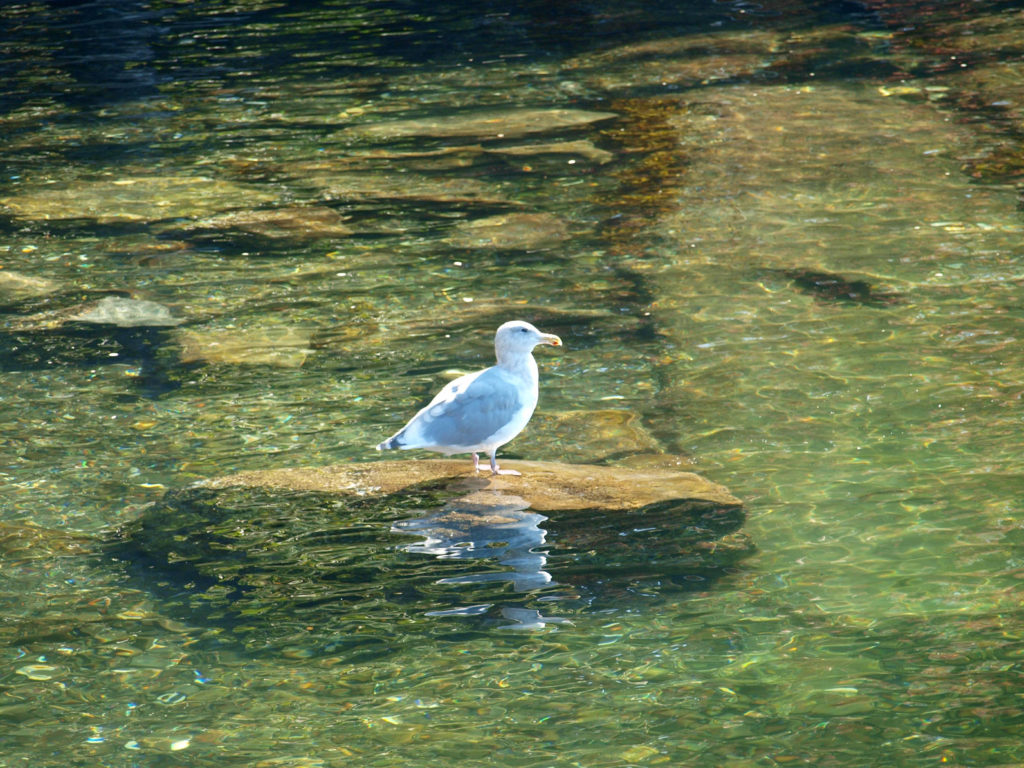 The Gulf Islands are located off the southeast coast of Vancouver Island. There are six main islands in the Southern Gulf Islands: Salt Spring, Mayne, North Pender, South Pender, Saturna, and Galiano. The Northern Gulf Islands consist of Thetis, Penelakut, Valdes, and Gabriola Islands. Each island has its own particular charms, and all are well worth exploring.
The Gulf Islands are located off the southeast coast of Vancouver Island. There are six main islands in the Southern Gulf Islands: Salt Spring, Mayne, North Pender, South Pender, Saturna, and Galiano. The Northern Gulf Islands consist of Thetis, Penelakut, Valdes, and Gabriola Islands. Each island has its own particular charms, and all are well worth exploring.
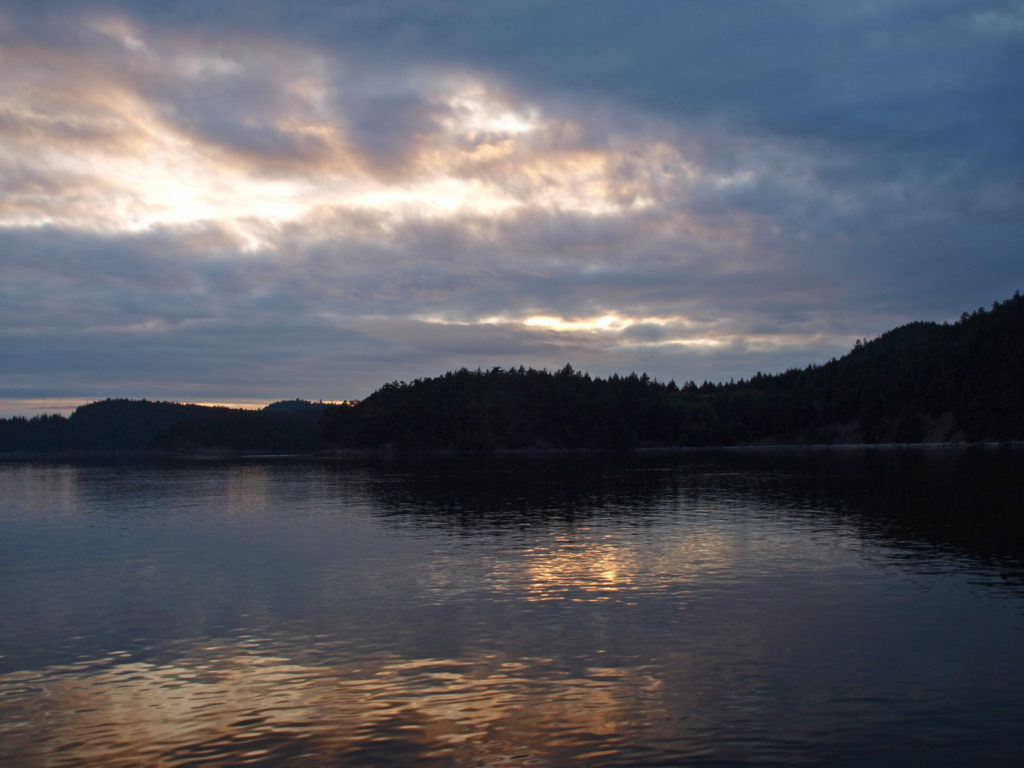 The Gulf Islands Guide has a description of each island and good information on events and accommodations in the Islands. Other useful websites include Gulf Islands Tourism, and Salt Spring Island.org.
The Gulf Islands Guide has a description of each island and good information on events and accommodations in the Islands. Other useful websites include Gulf Islands Tourism, and Salt Spring Island.org.
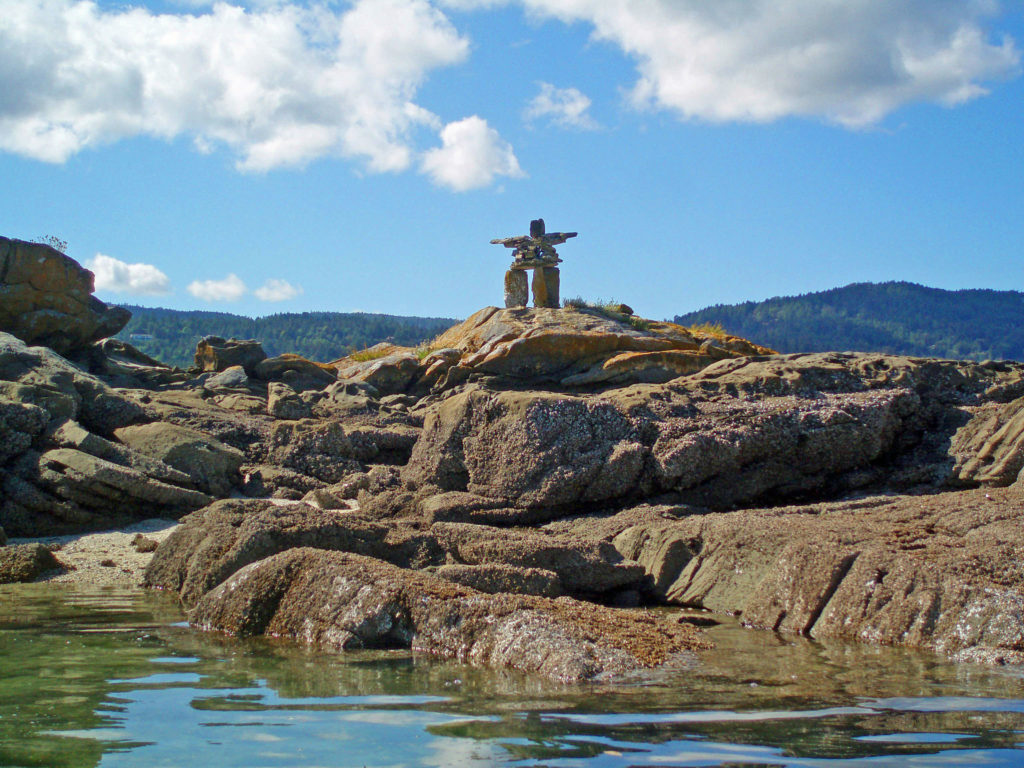 The largest, most populated, and most accessible of the Southern Gulf Islands is Salt Spring. Ganges, on Salt Spring, is the commercial and cultural heart of the Islands. It is the largest (and really the only) town in the Southern Gulf Islands. One of the charms of the Gulf Islands is that they are largely untrammeled by commercial development. There are no big resorts, no malls, nothing to draw in the masses except the natural beauty that surrounds you everywhere in the Islands. But once there, many people are captivated not only by the scenery and wildlife, but also by the people and the islands’ culture and lifestyle.
The largest, most populated, and most accessible of the Southern Gulf Islands is Salt Spring. Ganges, on Salt Spring, is the commercial and cultural heart of the Islands. It is the largest (and really the only) town in the Southern Gulf Islands. One of the charms of the Gulf Islands is that they are largely untrammeled by commercial development. There are no big resorts, no malls, nothing to draw in the masses except the natural beauty that surrounds you everywhere in the Islands. But once there, many people are captivated not only by the scenery and wildlife, but also by the people and the islands’ culture and lifestyle.
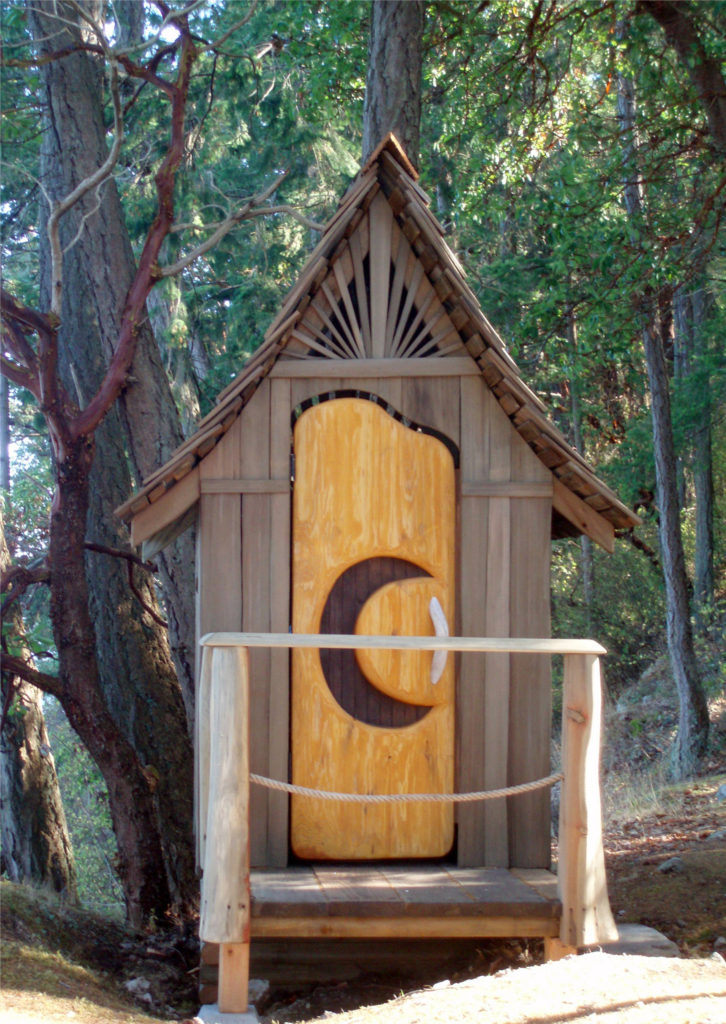 Salt Spring has an active arts community, with numerous galleries and studios in Ganges and scattered across the island. A Farmer’s Market is held in Ganges every Saturday during the summer, where you can sample artisanal cheeses and locally grown produce. Arts, crafts, and home and garden products are also available.
Salt Spring has an active arts community, with numerous galleries and studios in Ganges and scattered across the island. A Farmer’s Market is held in Ganges every Saturday during the summer, where you can sample artisanal cheeses and locally grown produce. Arts, crafts, and home and garden products are also available.
Salt Spring and the other Gulf Islands also offer an abundance of outdoor activities, from hiking and mountain biking to sailing and kayaking, camping, fishing, whale watching, and more.
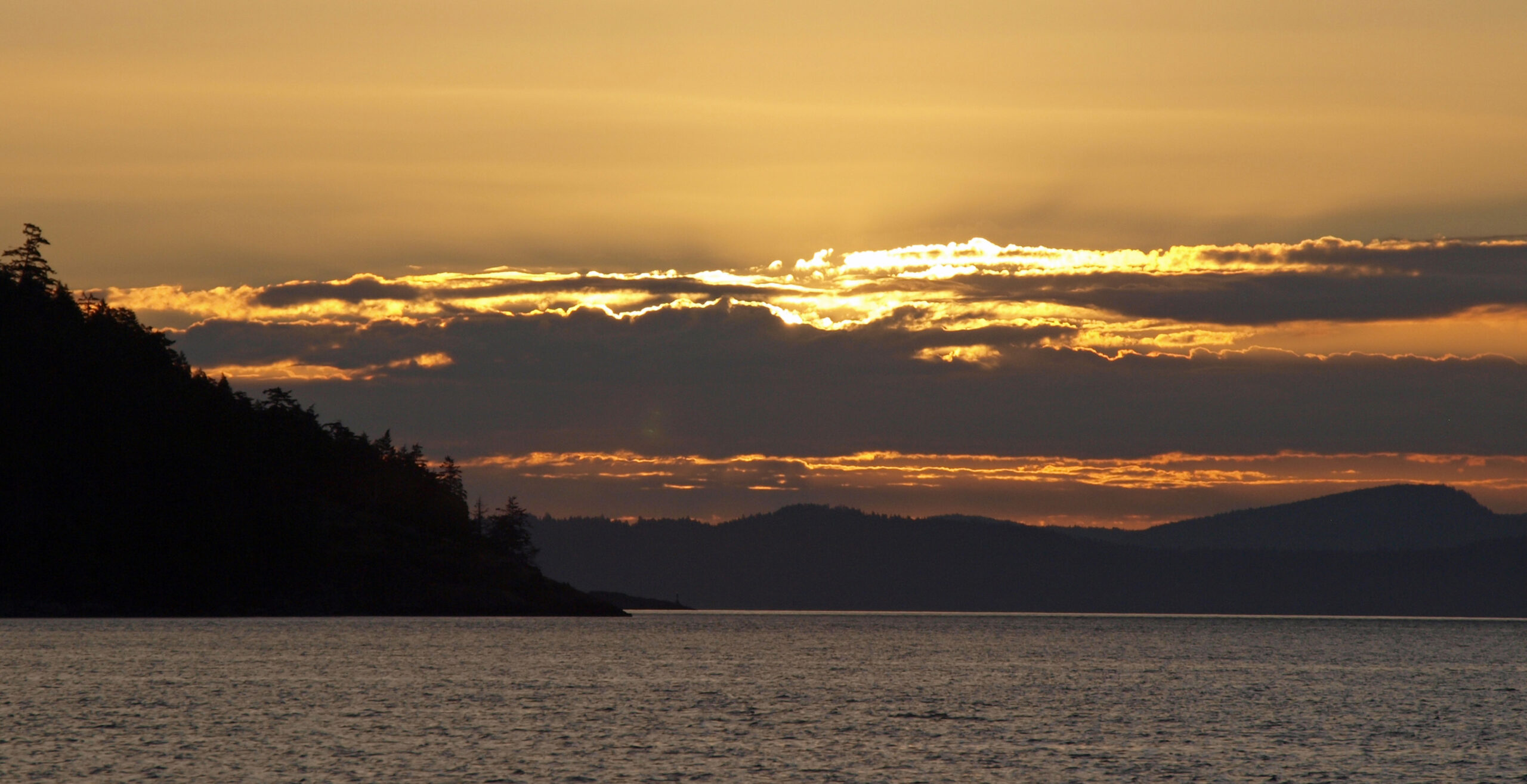 There are no commercial airports in the Gulf Islands, but there are float plane companies that will take you to the islands. And the Victoria airport is only a few miles from the Schwartz Bay ferry terminal, so flying to Victoria and renting a car is a good option for people from outside the Northwest that want to visit the Southern Gulf Islands.
There are no commercial airports in the Gulf Islands, but there are float plane companies that will take you to the islands. And the Victoria airport is only a few miles from the Schwartz Bay ferry terminal, so flying to Victoria and renting a car is a good option for people from outside the Northwest that want to visit the Southern Gulf Islands.
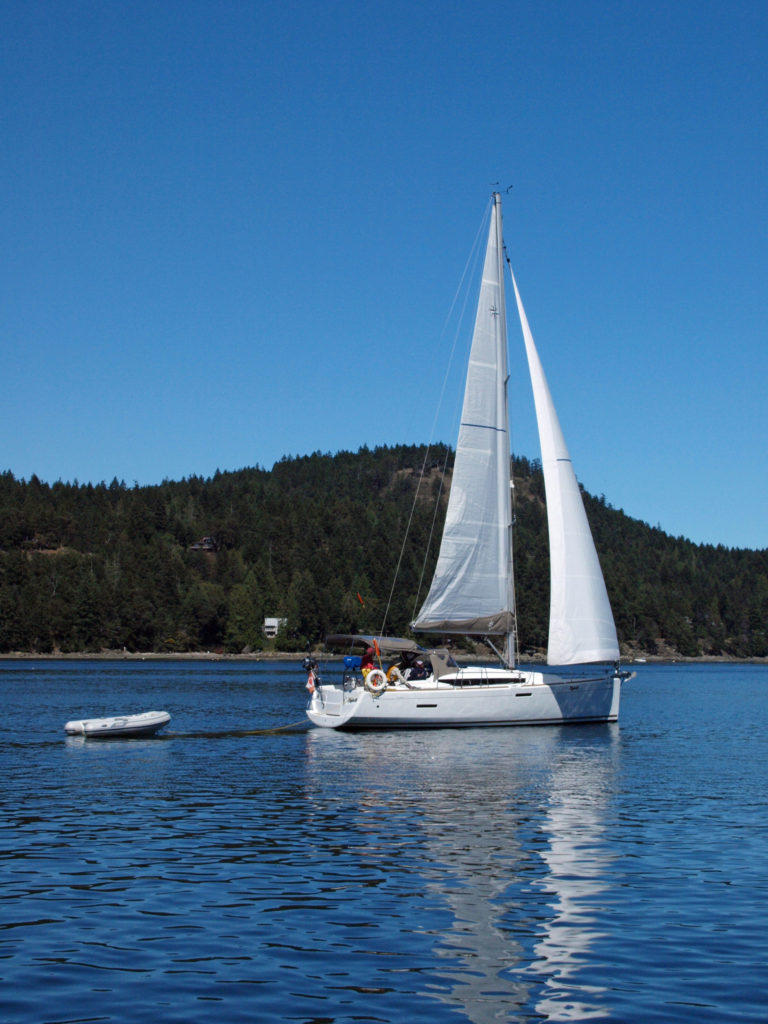
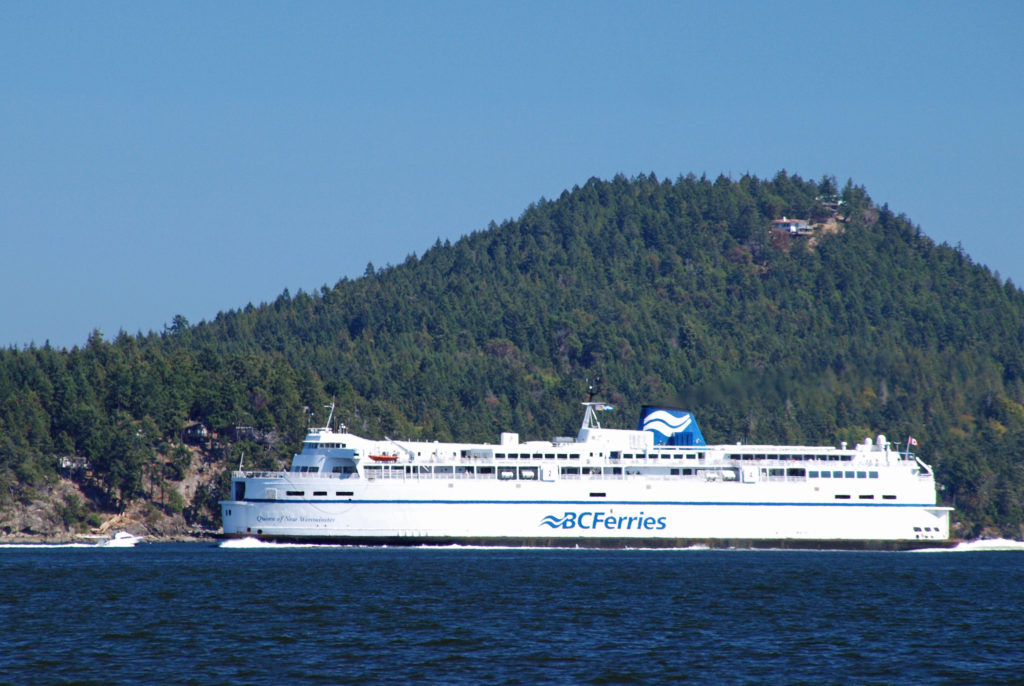 Most visitors to the Gulf Islands arrive via one of the BC Ferries. Passenger and car ferries travel from Tsawwassen on the B.C. mainland south of Vancouver to Long Harbor near Ganges, and from Schwartz Bay on Vancouver Island north of Victoria to Fulford Harbor near the southern tip of Salt Spring. There is also a smaller ferry from Crofton on Vancouver Island to Vesuvius on the northwest side of Salt Spring. The other Southern Gulf Islands are serviced by ferries departing the Long Harbor terminal.
Most visitors to the Gulf Islands arrive via one of the BC Ferries. Passenger and car ferries travel from Tsawwassen on the B.C. mainland south of Vancouver to Long Harbor near Ganges, and from Schwartz Bay on Vancouver Island north of Victoria to Fulford Harbor near the southern tip of Salt Spring. There is also a smaller ferry from Crofton on Vancouver Island to Vesuvius on the northwest side of Salt Spring. The other Southern Gulf Islands are serviced by ferries departing the Long Harbor terminal.
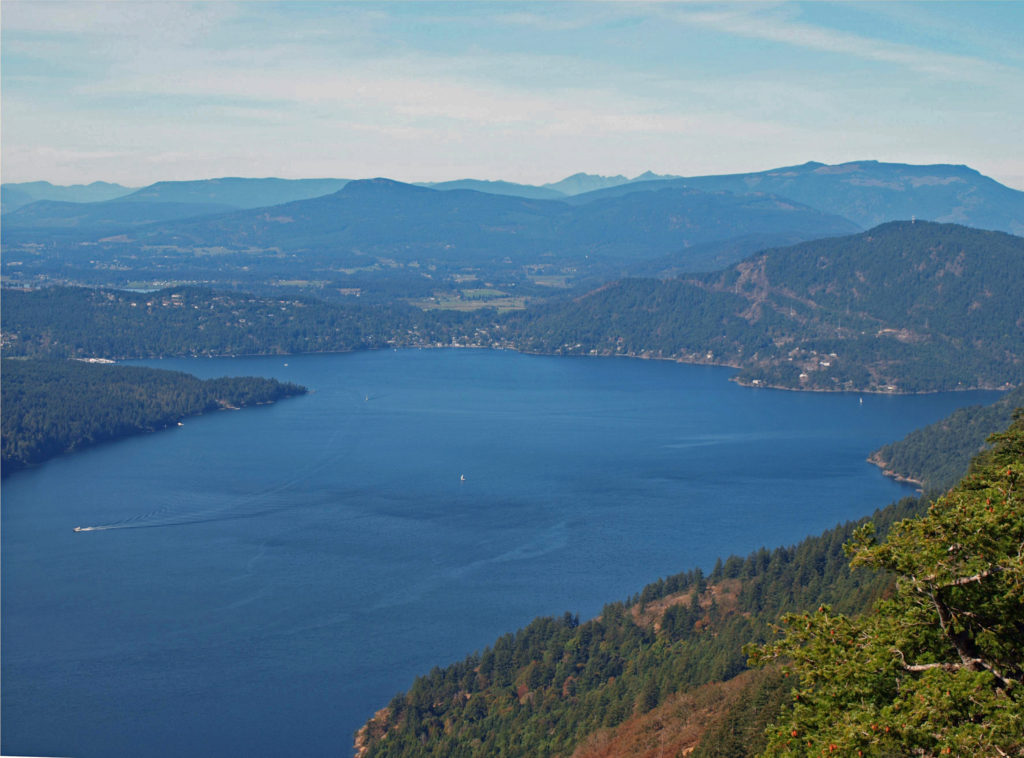 The Northern Gulf Islands are reached by ferries from Chemainus and Nanaimo on Vancouver Island. Be sure to check the ferry schedules on the BC Ferries website. Reservations may be required, especially on summer weekends, and the ferry system is designed to serve island residents, not tourists, so island hopping can be difficult.
The Northern Gulf Islands are reached by ferries from Chemainus and Nanaimo on Vancouver Island. Be sure to check the ferry schedules on the BC Ferries website. Reservations may be required, especially on summer weekends, and the ferry system is designed to serve island residents, not tourists, so island hopping can be difficult.
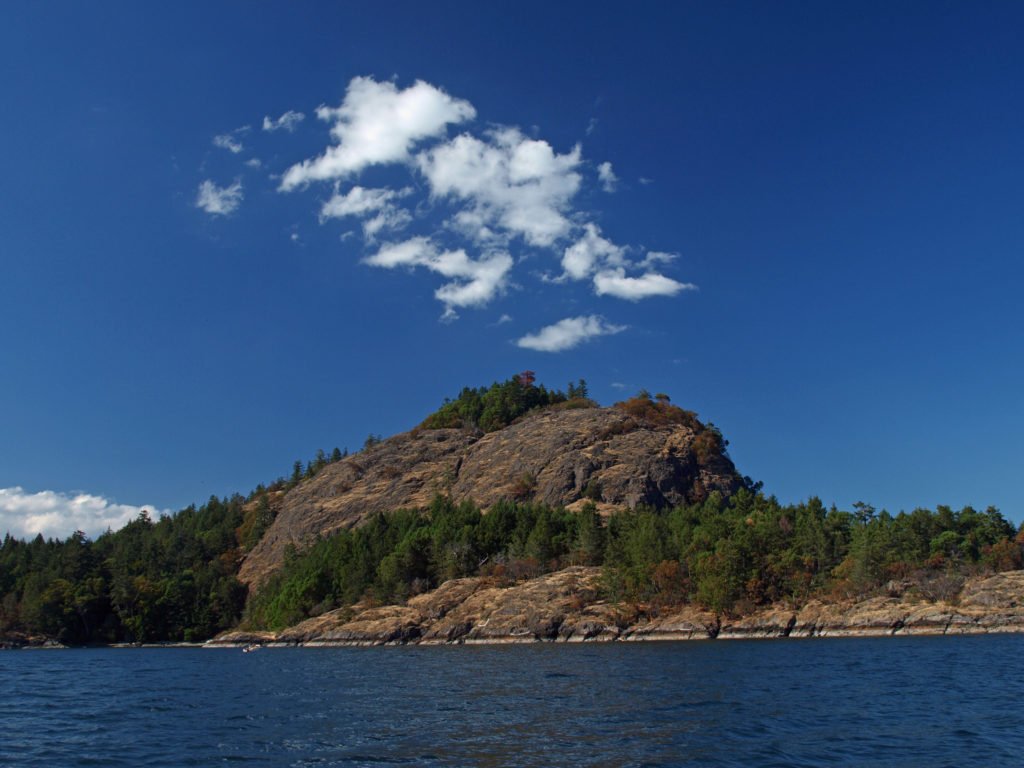 I’ve found that a good way to explore the Southern Gulf Islands by car is to base yourself on Salt Spring and pick an island to explore each day. North and South Pender Islands are connected by a bridge, so they can be explored in a day. Take another three days to explore Mayne, Saturna, and Galiano. That still leaves you several days to see all Salt Spring has to offer, even if you have only a week.
I’ve found that a good way to explore the Southern Gulf Islands by car is to base yourself on Salt Spring and pick an island to explore each day. North and South Pender Islands are connected by a bridge, so they can be explored in a day. Take another three days to explore Mayne, Saturna, and Galiano. That still leaves you several days to see all Salt Spring has to offer, even if you have only a week.
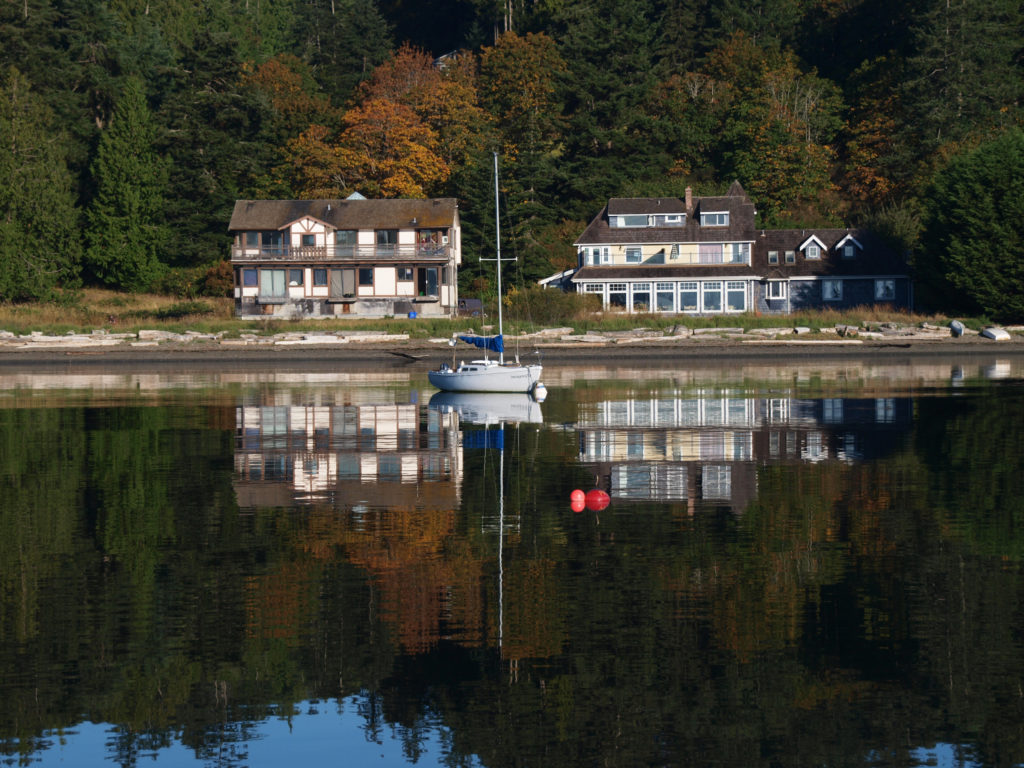
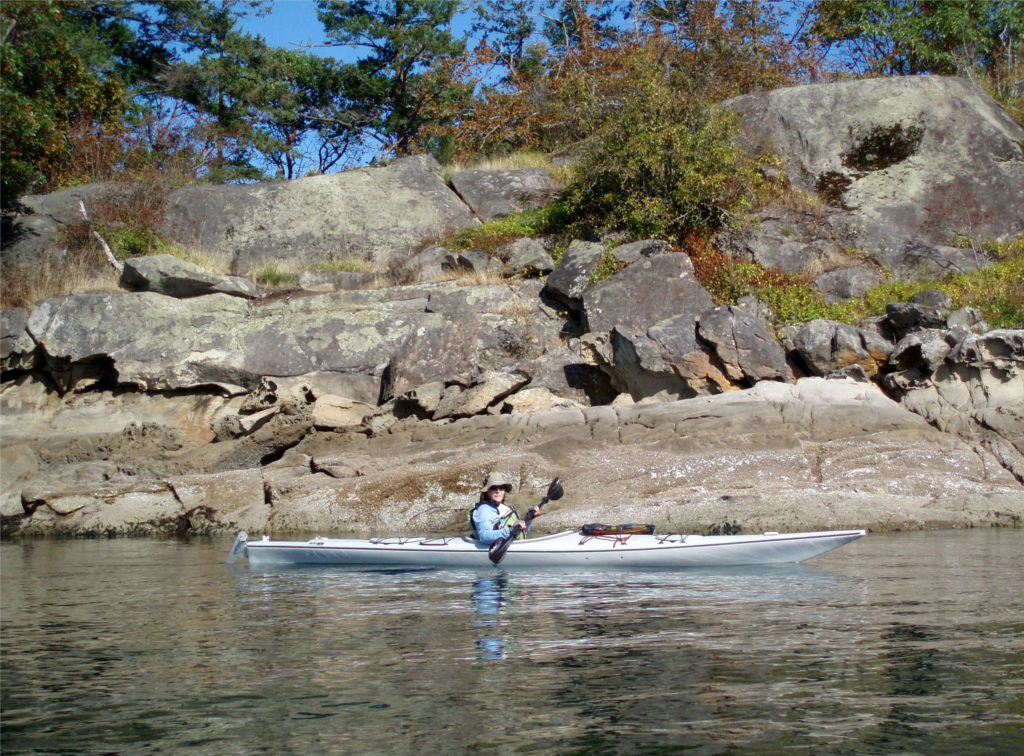 There is a bus system on Salt Spring Island, but public transportation is limited or nonexistent on the other islands. You can get around without a car, though. There is a unique Car Stop system, sort of an organized hitchhiking system, on all of the Southern Islands. Look for the Car Stop signs and stick out your thumb. Someone will stop to give you a ride. Drivers can be selective about who they pick up, and of course hitchhikers can be equally selective about whose car they get into. But it’s generally safe, and it’s free. It also a unique way to get to know some of the locals.
There is a bus system on Salt Spring Island, but public transportation is limited or nonexistent on the other islands. You can get around without a car, though. There is a unique Car Stop system, sort of an organized hitchhiking system, on all of the Southern Islands. Look for the Car Stop signs and stick out your thumb. Someone will stop to give you a ride. Drivers can be selective about who they pick up, and of course hitchhikers can be equally selective about whose car they get into. But it’s generally safe, and it’s free. It also a unique way to get to know some of the locals.
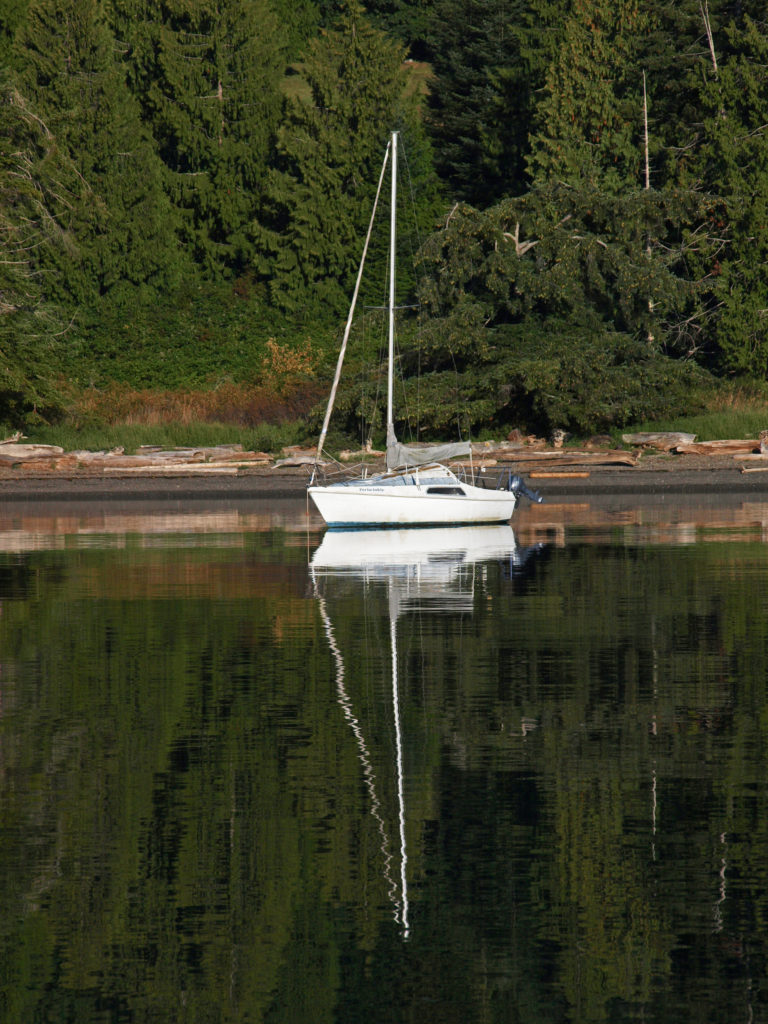 If you or one of your fellow travelers is an experience boater or sailor, you can charter a sailboat or power boat and explore the islands by sea. Full-service marinas are located at Sidney on Vancouver Island, and on Saltspring, Pender, Galiano, and Thetis Islands, and there are public docks on most of the islands. Winds and currents can be tricky and changeable in the narrow channels between the islands, so experience is essential and charter companies require proof of competence. But if you have the necessary qualifications, this is an excellent way to explore the Islands. We have done this, and I can personally recommend it.
If you or one of your fellow travelers is an experience boater or sailor, you can charter a sailboat or power boat and explore the islands by sea. Full-service marinas are located at Sidney on Vancouver Island, and on Saltspring, Pender, Galiano, and Thetis Islands, and there are public docks on most of the islands. Winds and currents can be tricky and changeable in the narrow channels between the islands, so experience is essential and charter companies require proof of competence. But if you have the necessary qualifications, this is an excellent way to explore the Islands. We have done this, and I can personally recommend it.
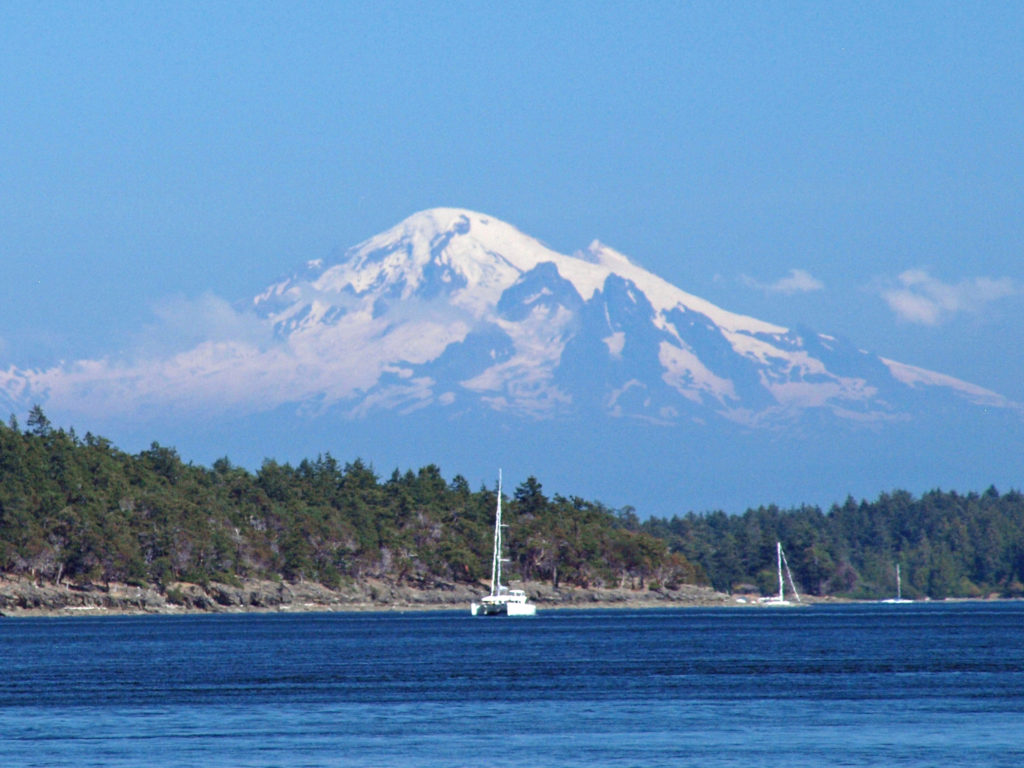 There are a wide variety of accommodations available on the islands, from full-service resorts and hotels to traditional B&Bs to single rooms available through Airbnb. One place that I can personally recommend is Spindrift Oceanfront Cottages on Salt Spring Island near Ganges. Spindrift is located at the end of a peninsula in Ganges Harbor in a park-like setting. It has two sand beaches perfect for launching kayaks. If you’re a kayaker, this is a perfect jumping off point. Ganges Harbor and its numerous islands are well worth exploring. Prevost Island, a short paddle to the southeast of Ganges Harbor is also worth a visit. A portion of Prevost is set aside as part of the Gulf Islands National Park.
There are a wide variety of accommodations available on the islands, from full-service resorts and hotels to traditional B&Bs to single rooms available through Airbnb. One place that I can personally recommend is Spindrift Oceanfront Cottages on Salt Spring Island near Ganges. Spindrift is located at the end of a peninsula in Ganges Harbor in a park-like setting. It has two sand beaches perfect for launching kayaks. If you’re a kayaker, this is a perfect jumping off point. Ganges Harbor and its numerous islands are well worth exploring. Prevost Island, a short paddle to the southeast of Ganges Harbor is also worth a visit. A portion of Prevost is set aside as part of the Gulf Islands National Park.
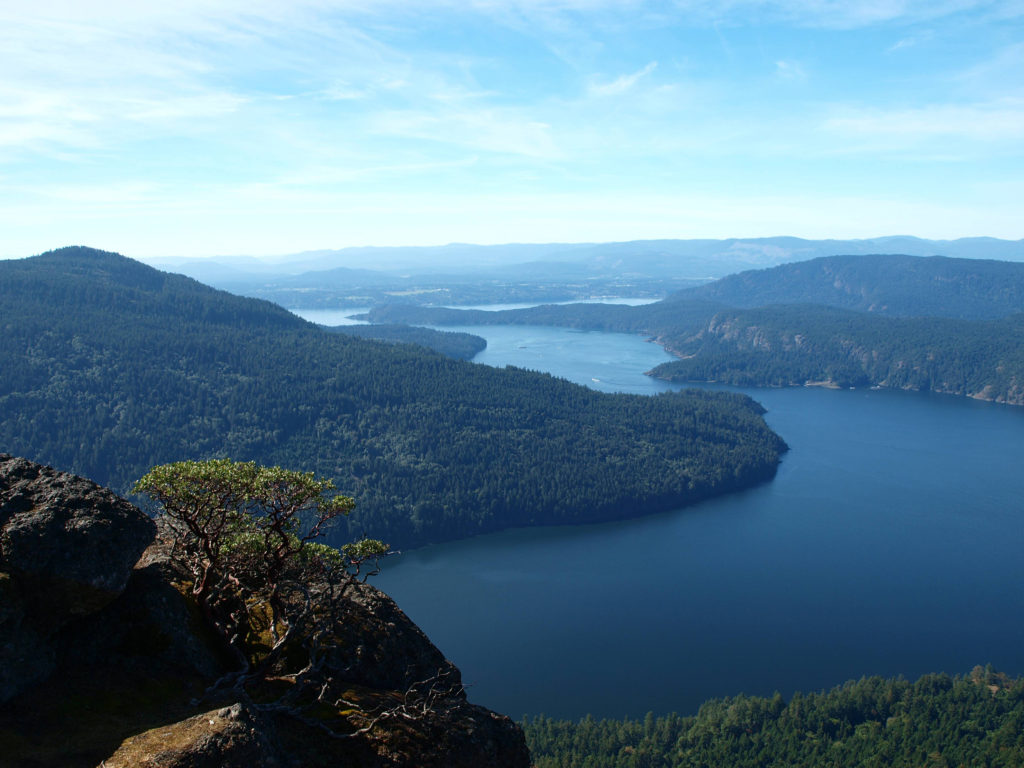 There are a number of Provincial Parks in the Islands that are worth exploring. Mount Maxwell Provincial Park on the west side of Salt Spring Island provides spectacular views of Salt Spring Island and across Saanich Inlet to Vancouver Island to the west. You can drive to the summit, but there are also hiking and mountain bike trails for the more adventurous. Ruckle Provincial Park on the southeast coast of Salt Spring has hiking trails that take you along the shore of Swanson Channel, as well as a campground with eight RV sites (no hookups) and 78 walk in tent sites. There are also good hiking trails at Mt. Erskine Provincial Park, just west of Ganges. Galiano Island also has several provincial parks, and portions of both Pender Islands and Saturna Island are set aside as part of the Gulf Islands National Park.
There are a number of Provincial Parks in the Islands that are worth exploring. Mount Maxwell Provincial Park on the west side of Salt Spring Island provides spectacular views of Salt Spring Island and across Saanich Inlet to Vancouver Island to the west. You can drive to the summit, but there are also hiking and mountain bike trails for the more adventurous. Ruckle Provincial Park on the southeast coast of Salt Spring has hiking trails that take you along the shore of Swanson Channel, as well as a campground with eight RV sites (no hookups) and 78 walk in tent sites. There are also good hiking trails at Mt. Erskine Provincial Park, just west of Ganges. Galiano Island also has several provincial parks, and portions of both Pender Islands and Saturna Island are set aside as part of the Gulf Islands National Park.
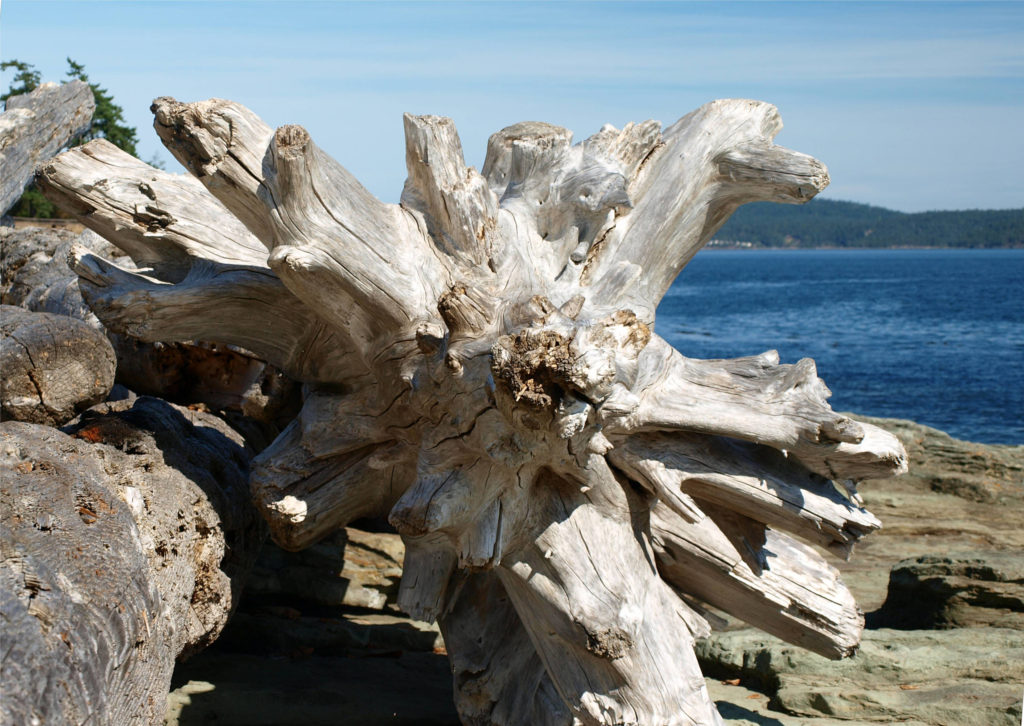 If you are a cheese lover, you’ll want to visit Salt Spring Island Cheese. Their farm is located on Reynolds Road, just off of the road leading to Ruckle Park. There you can not only sample and purchase their artisanal cheeses, but also see the whole cheese making operation. You can also find their cheeses at the Farmer’s Market in Ganges and in many grocery stores in B.C. and as far away as Toronto. If you are a wine lover, stop at Salt Spring Vineyards and Tasting Room, and Garry Oaks Estate Winery, both located south of Ganges on Fulford-Ganges Road.
If you are a cheese lover, you’ll want to visit Salt Spring Island Cheese. Their farm is located on Reynolds Road, just off of the road leading to Ruckle Park. There you can not only sample and purchase their artisanal cheeses, but also see the whole cheese making operation. You can also find their cheeses at the Farmer’s Market in Ganges and in many grocery stores in B.C. and as far away as Toronto. If you are a wine lover, stop at Salt Spring Vineyards and Tasting Room, and Garry Oaks Estate Winery, both located south of Ganges on Fulford-Ganges Road.
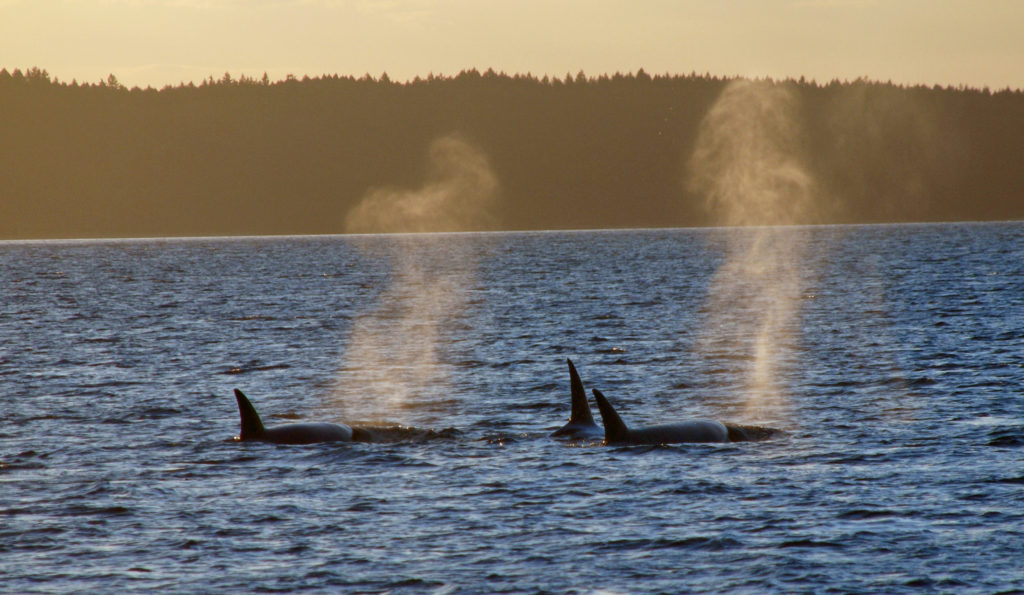
You can’t see everything British Columbia’s Gulf Islands have to offer in a week, or even two, but it’s time enough to fall in love with them, which happens to a lot of first-time visitors. It happened to us. It’s brought us back numerous times, and we will visit again in the near future. And the proximity of the Gulf Islands to Victoria and the rest of Vancouver Island makes for a wide variety of possible itineraries on an extended vacation.
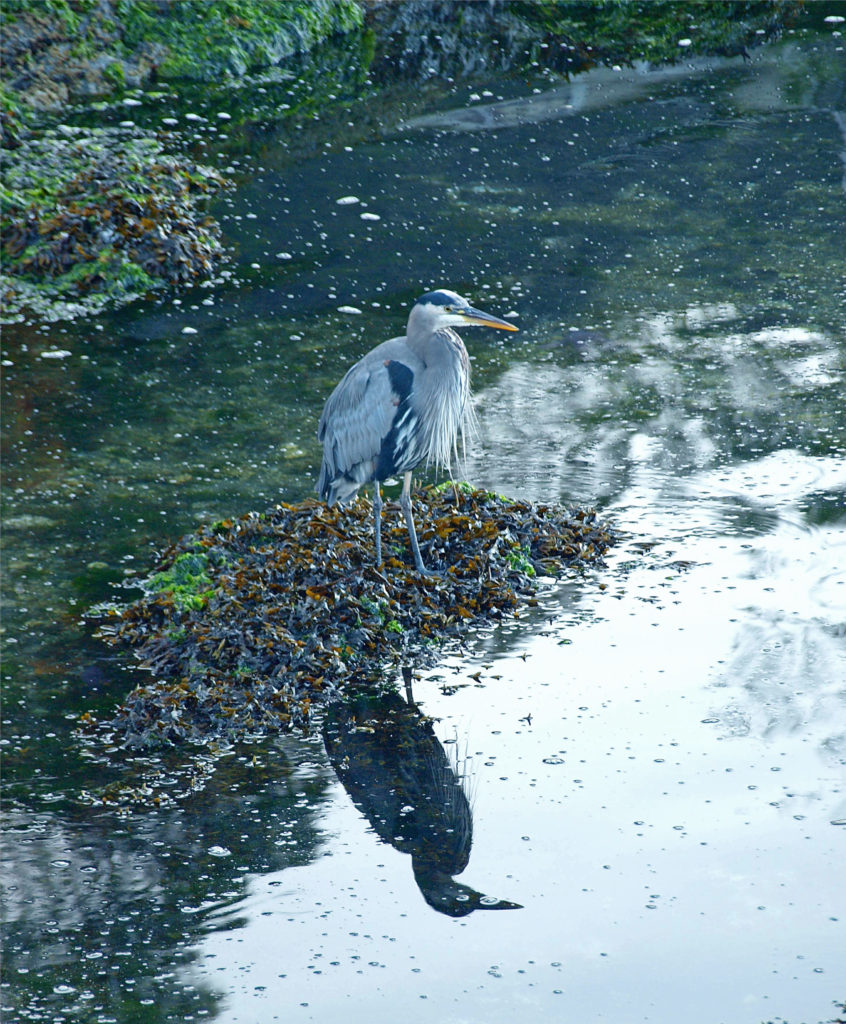
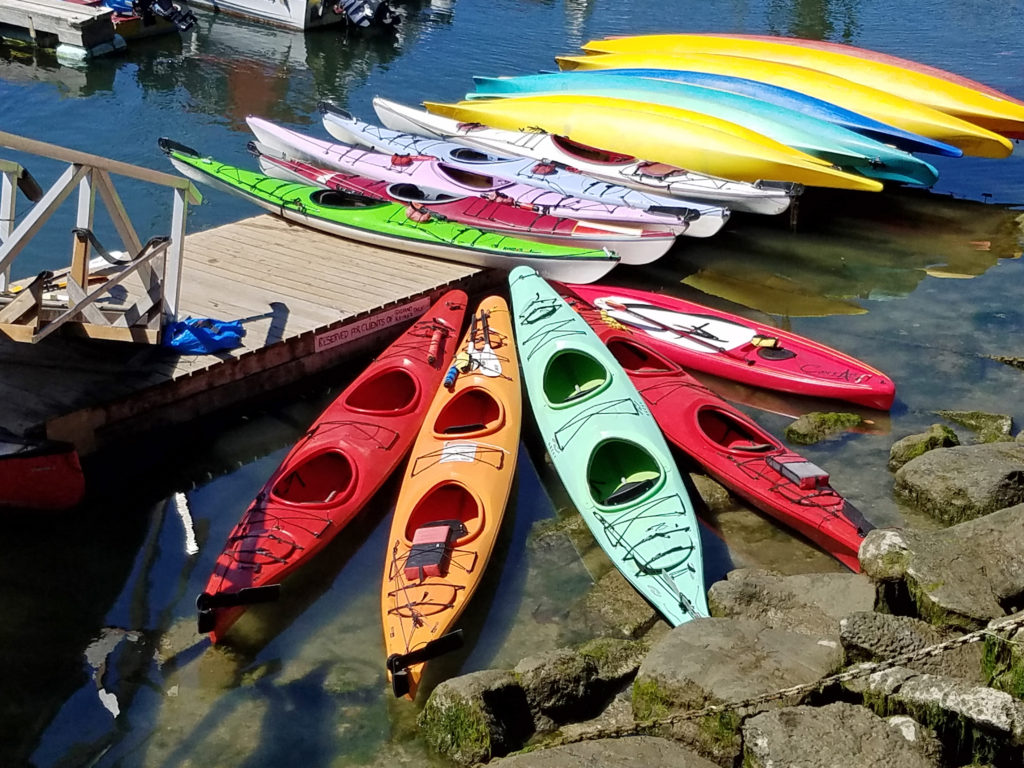 Originally posted July 2, 2018. Updated and re-posted February 17, 2021, and April 21, 2023.
Originally posted July 2, 2018. Updated and re-posted February 17, 2021, and April 21, 2023.
All photos © Alan K. Lee

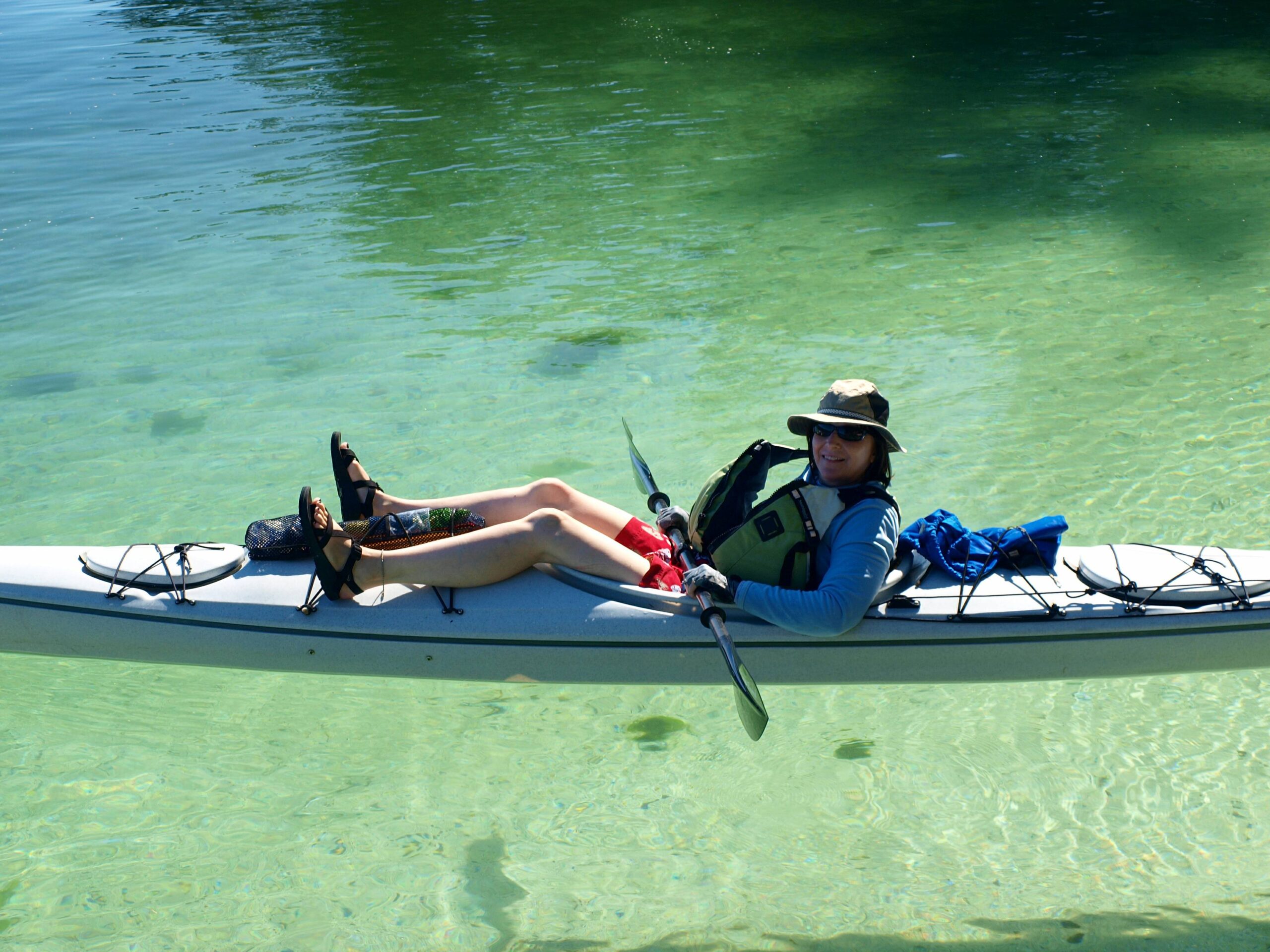
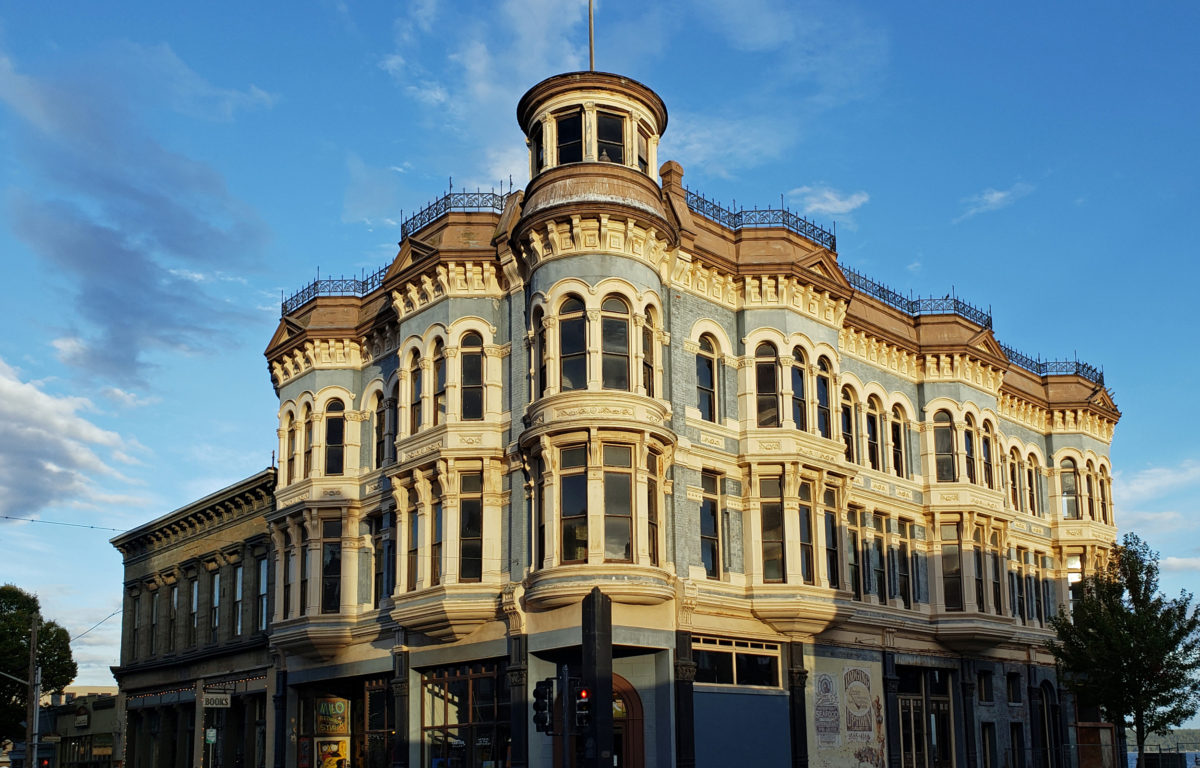
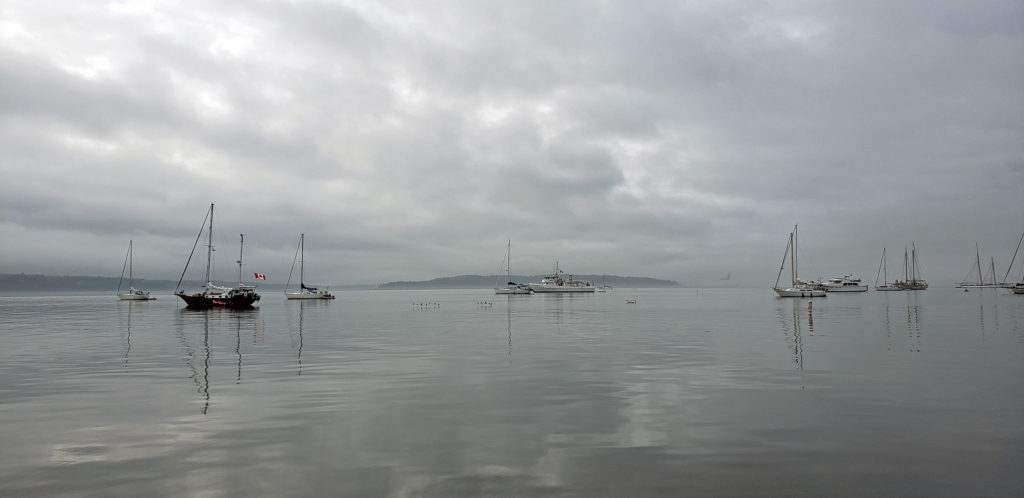
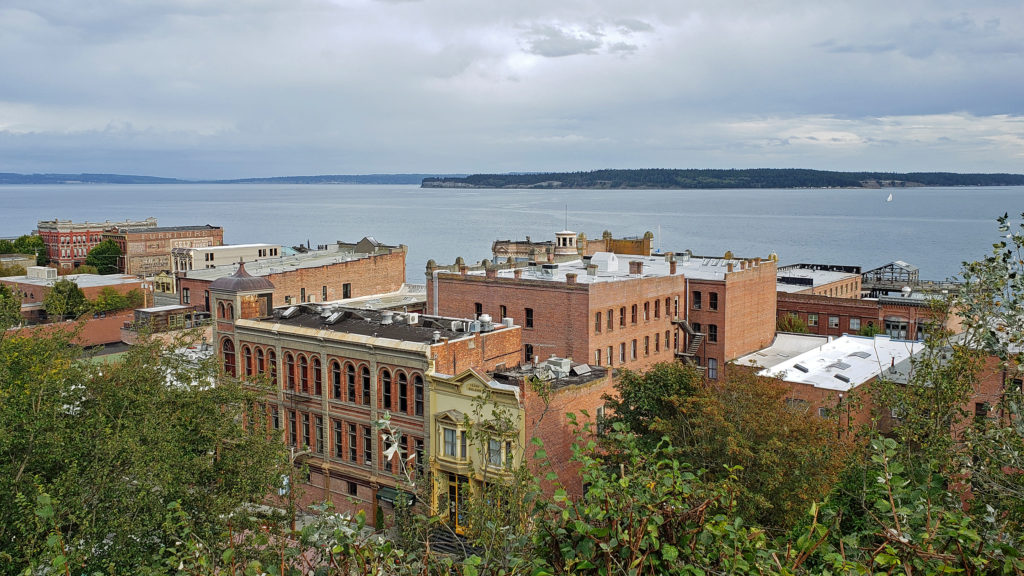
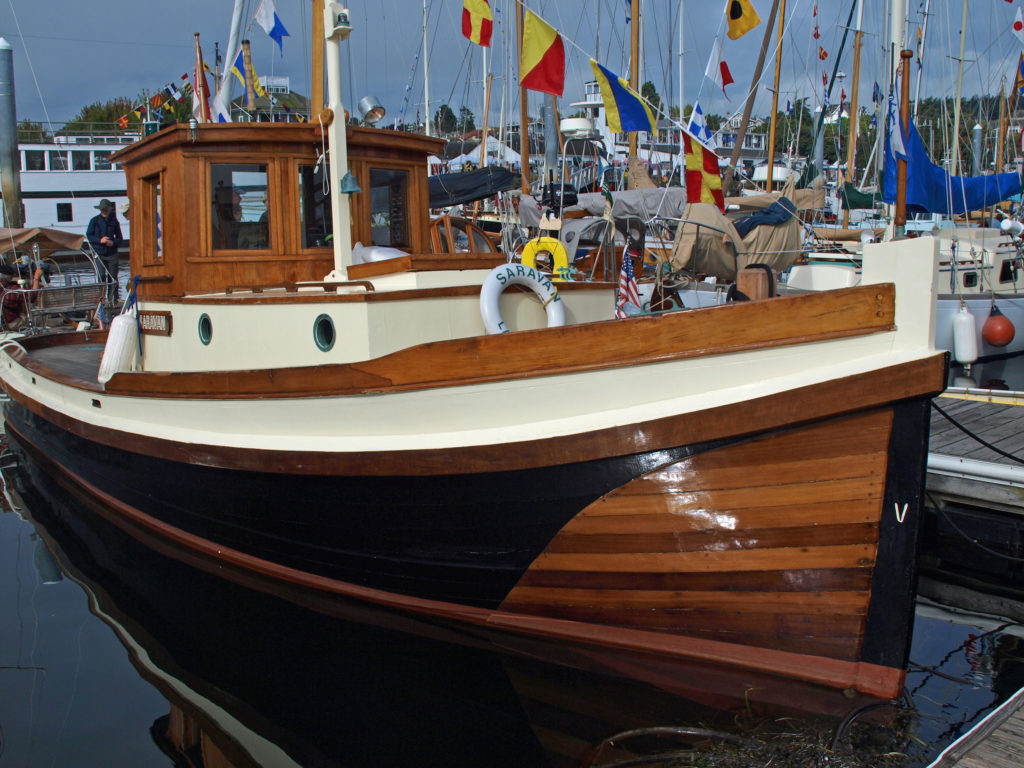
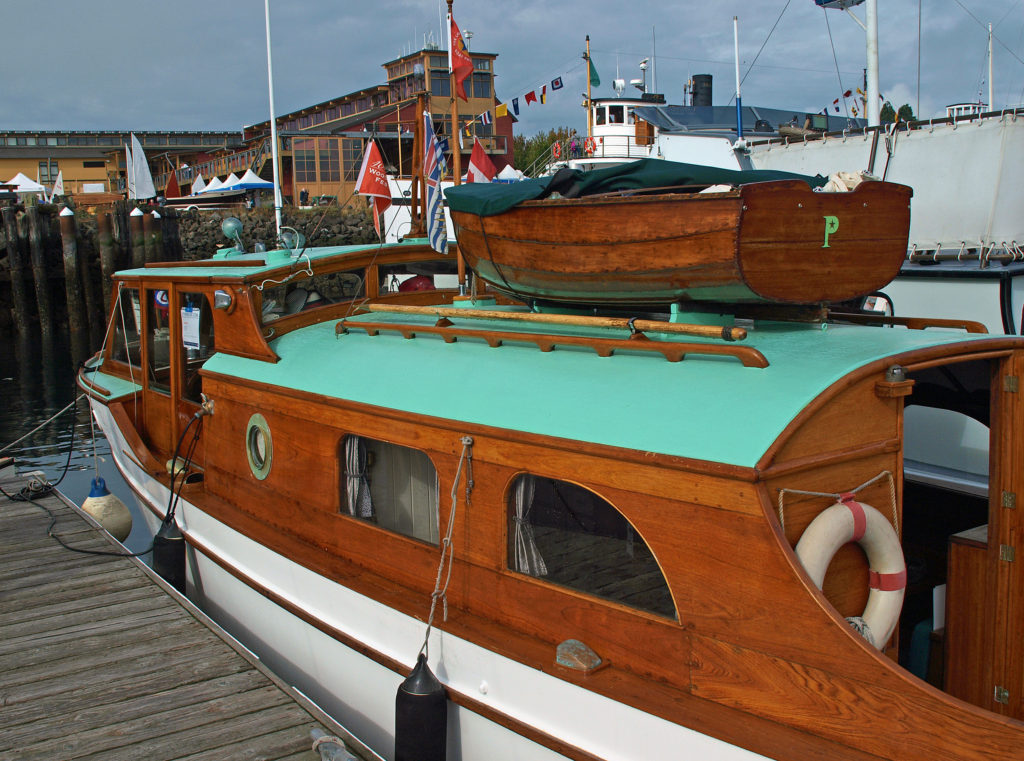
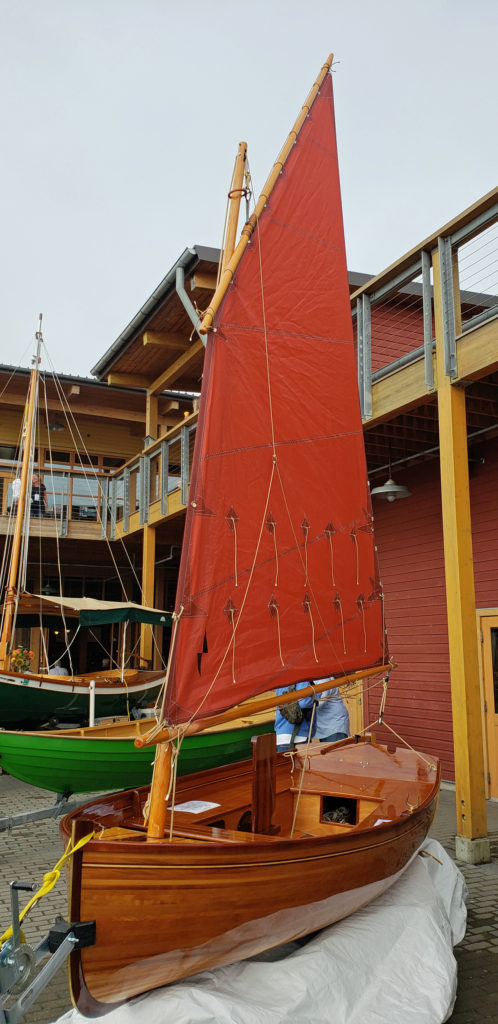 Wooden sailing ships were key to the town’s early economy and history, and the boatbuilding and woodworking crafts live on in Port Townsend. The Northwest School of Wooden Boat Building in nearby Port Hadlock and the Port Townsend School of Woodworking help preserve and promote the skills that were so vital to the early history of Port Townsend.
Wooden sailing ships were key to the town’s early economy and history, and the boatbuilding and woodworking crafts live on in Port Townsend. The Northwest School of Wooden Boat Building in nearby Port Hadlock and the Port Townsend School of Woodworking help preserve and promote the skills that were so vital to the early history of Port Townsend.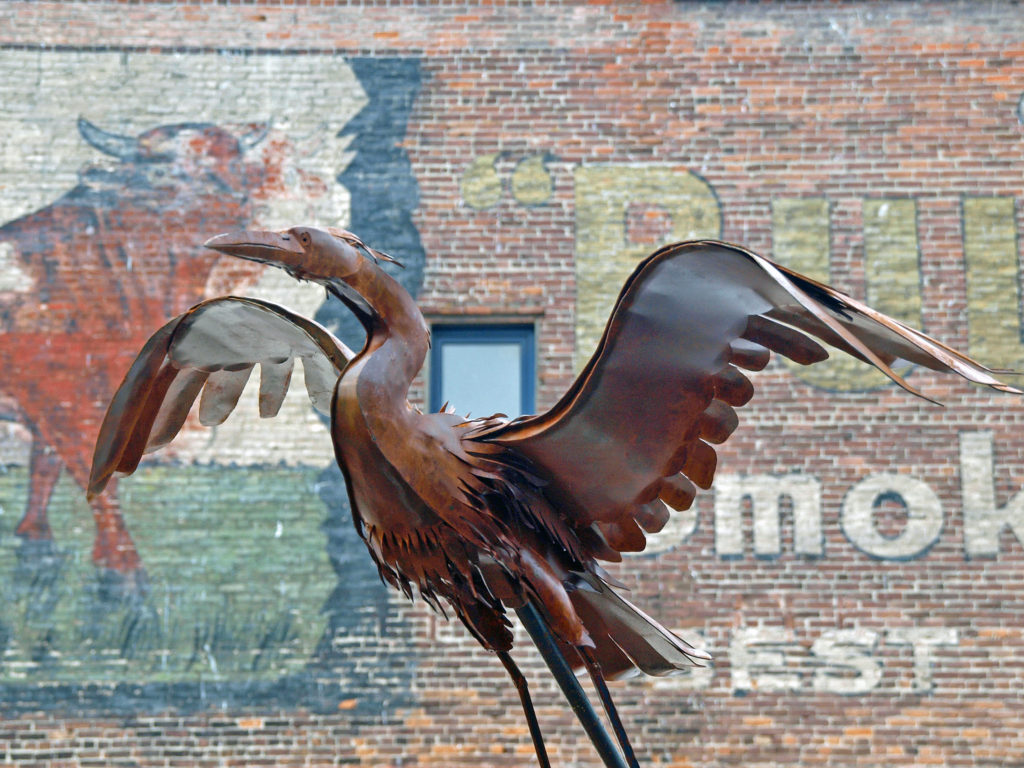
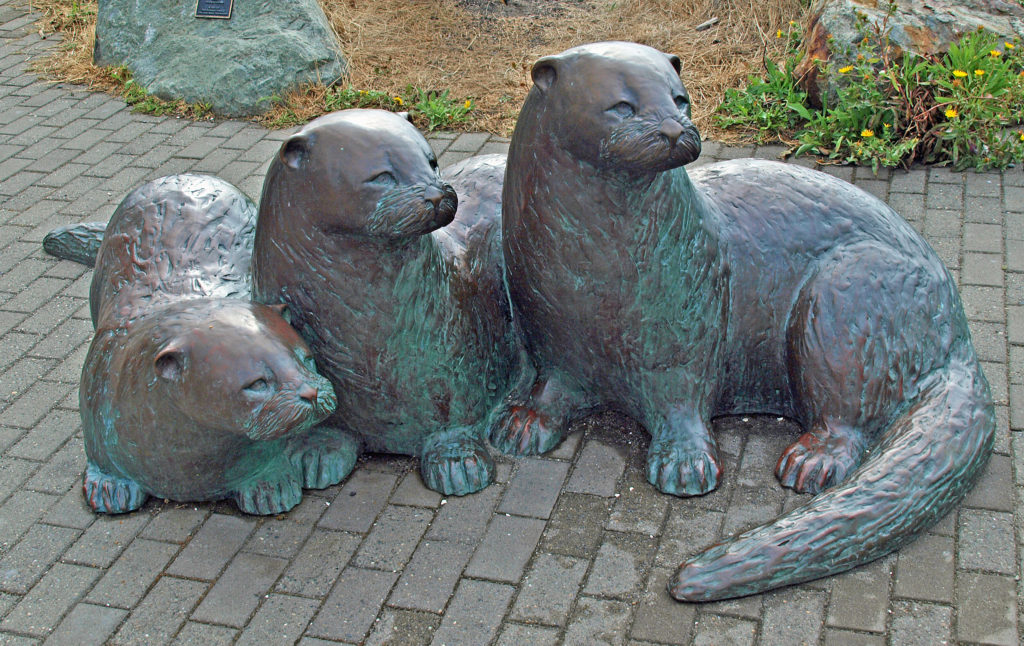 more than a dozen fine art and craft galleries can be found in the historic waterfront section of town.
more than a dozen fine art and craft galleries can be found in the historic waterfront section of town.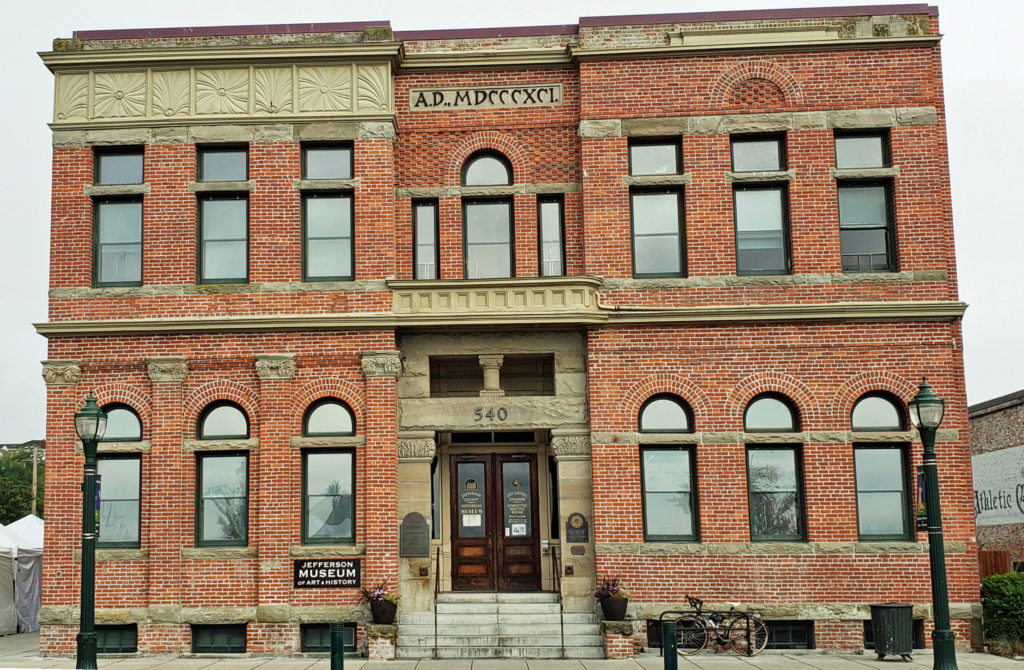
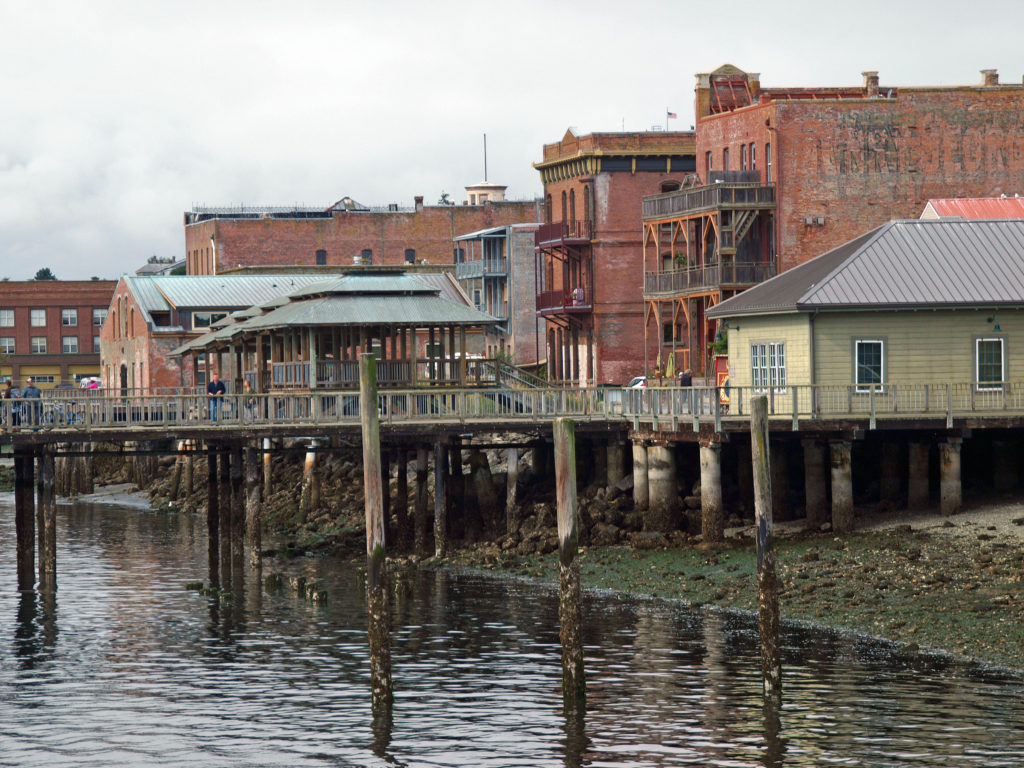
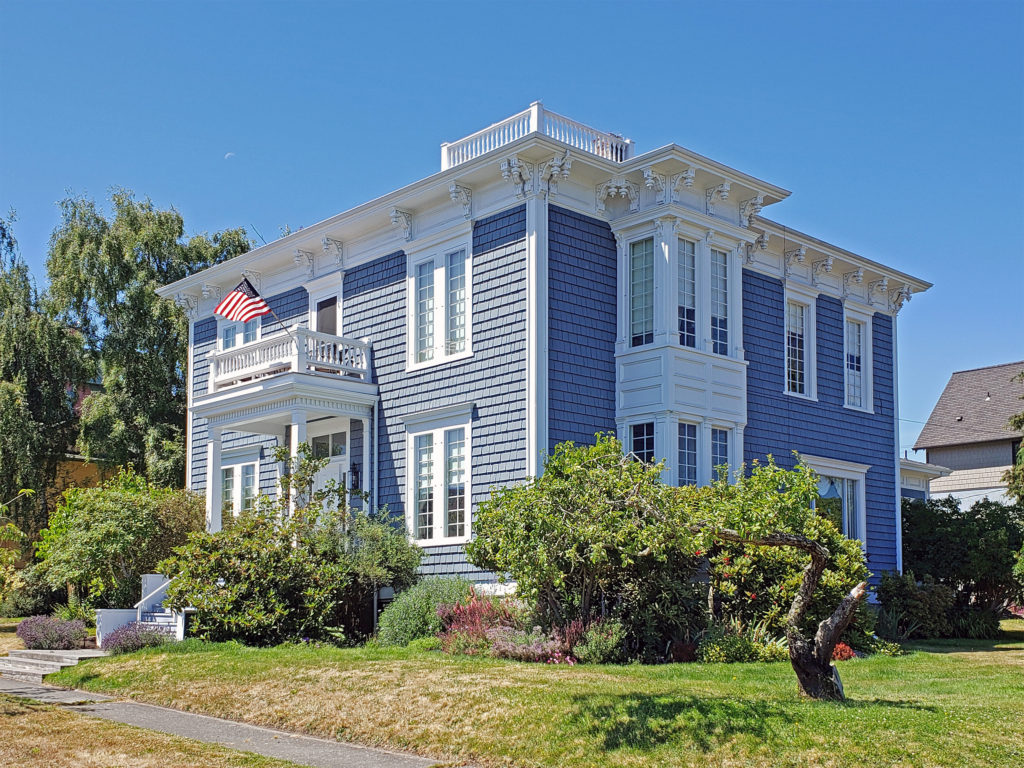 Take a walk along Water Street. It’s not hard to imagine what the town was like 130 years ago because most of the buildings you see today date from that period. Venture up to the bluff above the waterfront and you’ll find many Victorian era homes, most of which have been well preserved or restored. If you visit in the summer months you can tour the
Take a walk along Water Street. It’s not hard to imagine what the town was like 130 years ago because most of the buildings you see today date from that period. Venture up to the bluff above the waterfront and you’ll find many Victorian era homes, most of which have been well preserved or restored. If you visit in the summer months you can tour the 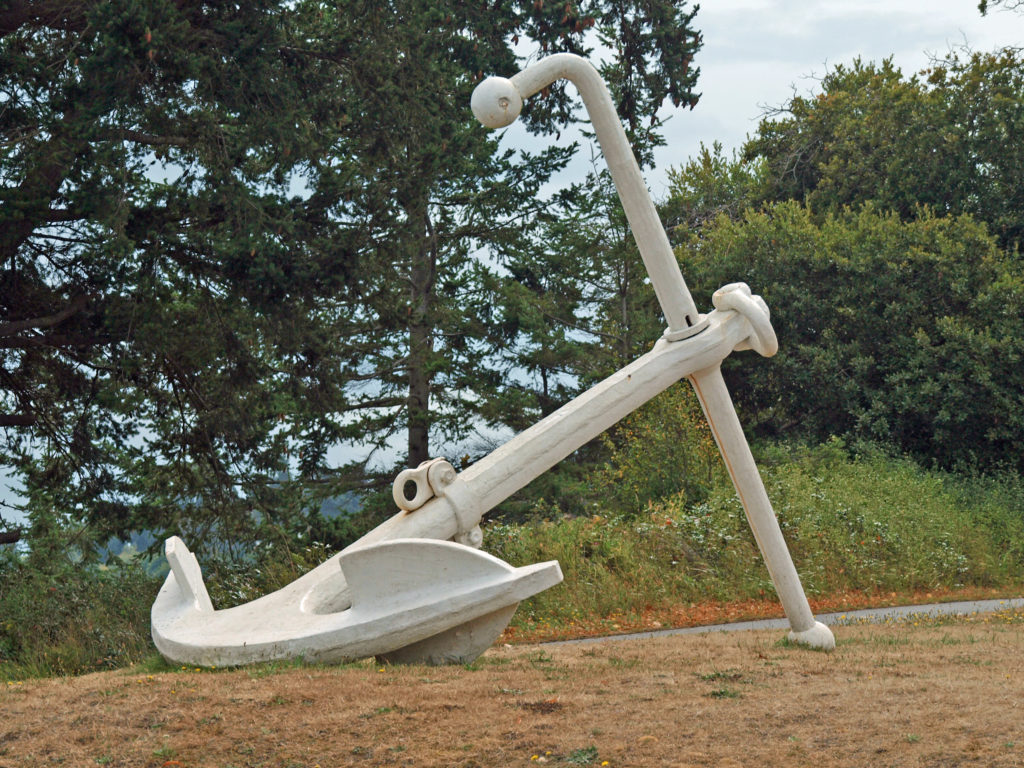
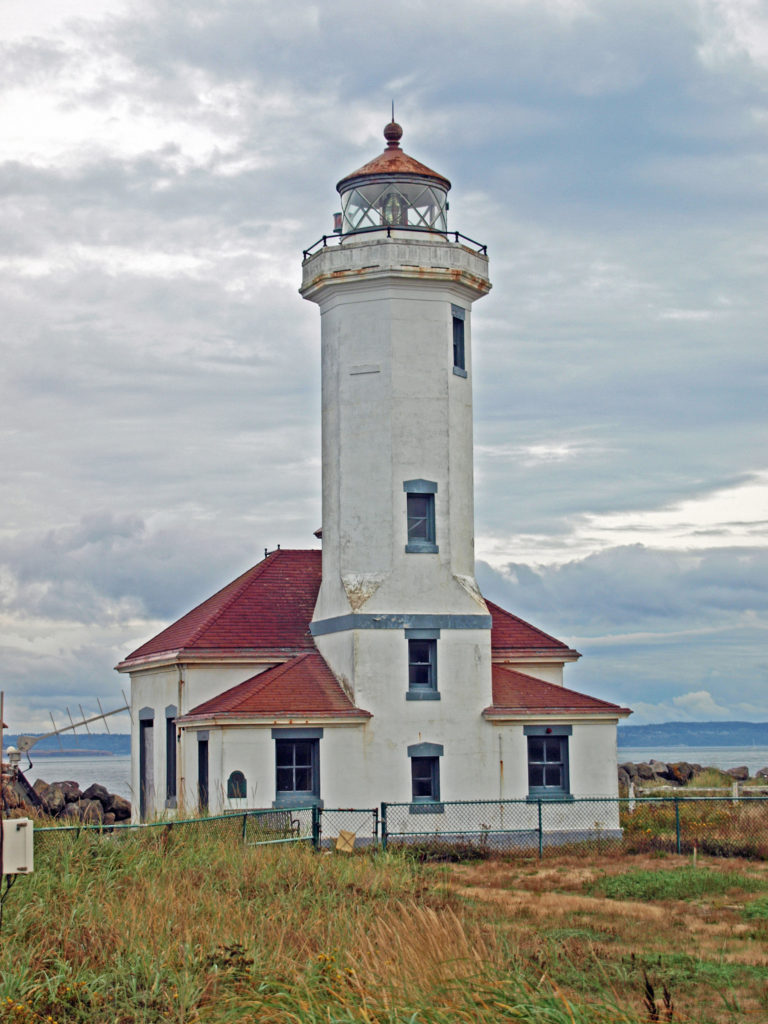
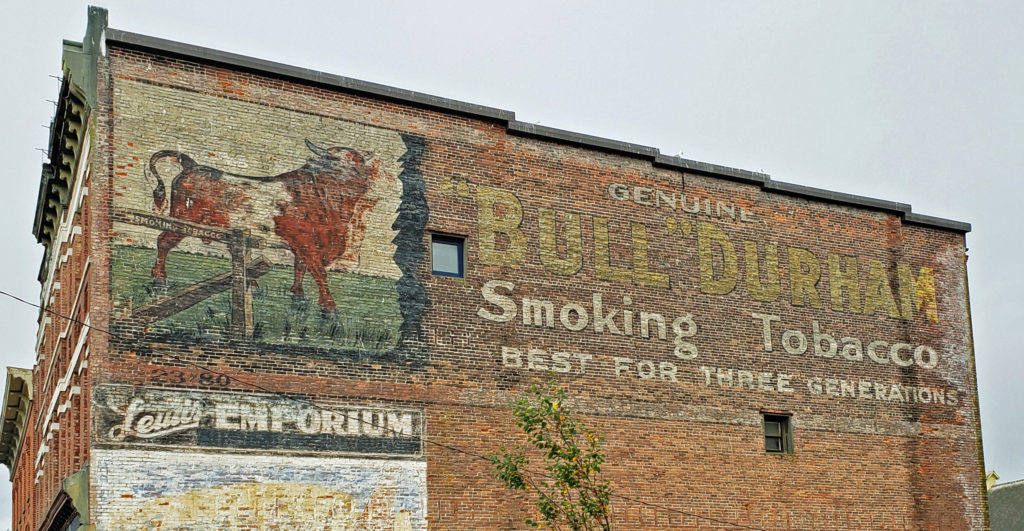 Even if you’re not interested in the town’s history, its maritime traditions, or the arts, Port Townsend is still worth visiting, if only to take in its beautiful setting and indulge in its food and drink scene.
Even if you’re not interested in the town’s history, its maritime traditions, or the arts, Port Townsend is still worth visiting, if only to take in its beautiful setting and indulge in its food and drink scene.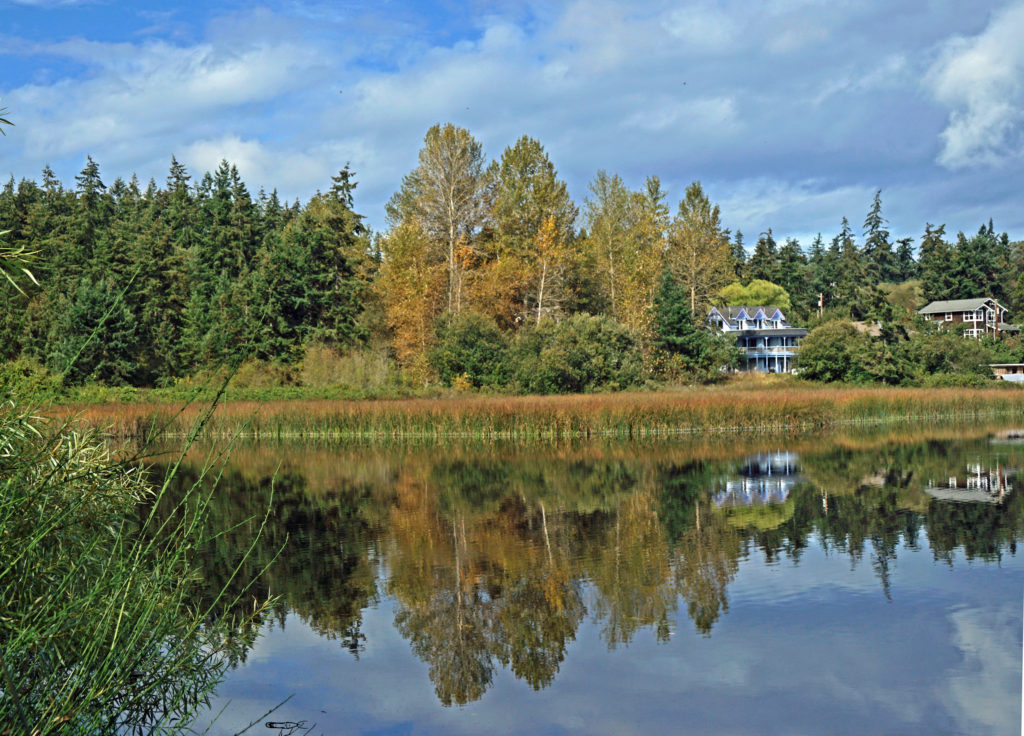
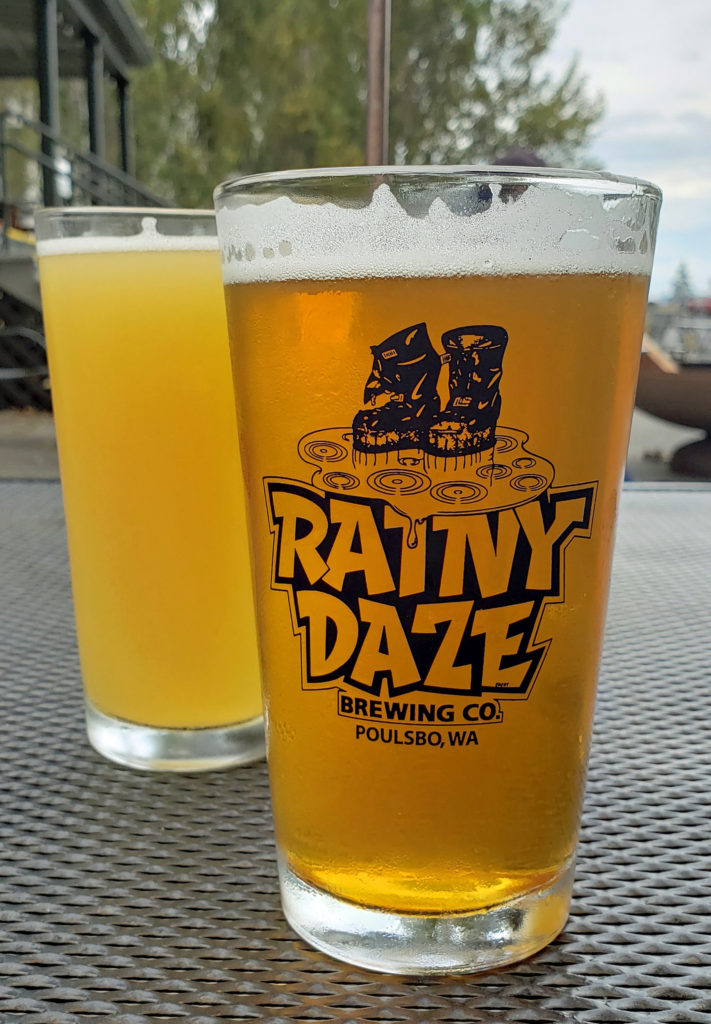 When you’re done with your hike, check to see if Taps at the Guardhouse in Fort Worden is open (it was closed in 2022) to quench your thirst with a good craft brew. Back in the historic district, I highly recommend that you visit
When you’re done with your hike, check to see if Taps at the Guardhouse in Fort Worden is open (it was closed in 2022) to quench your thirst with a good craft brew. Back in the historic district, I highly recommend that you visit 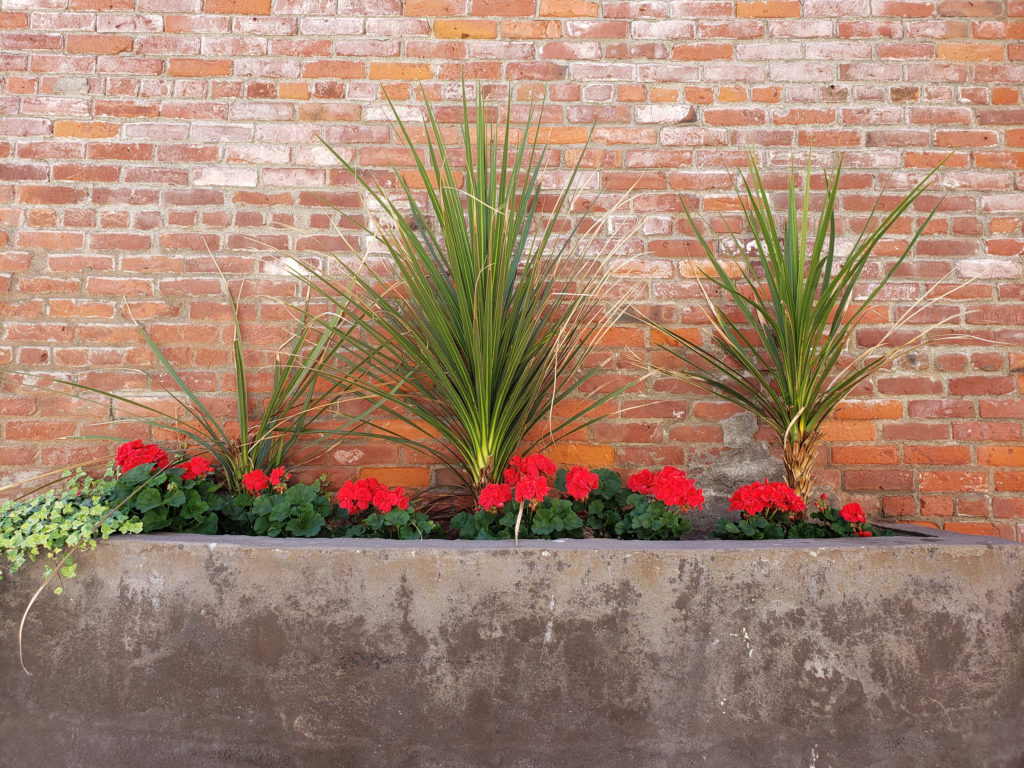
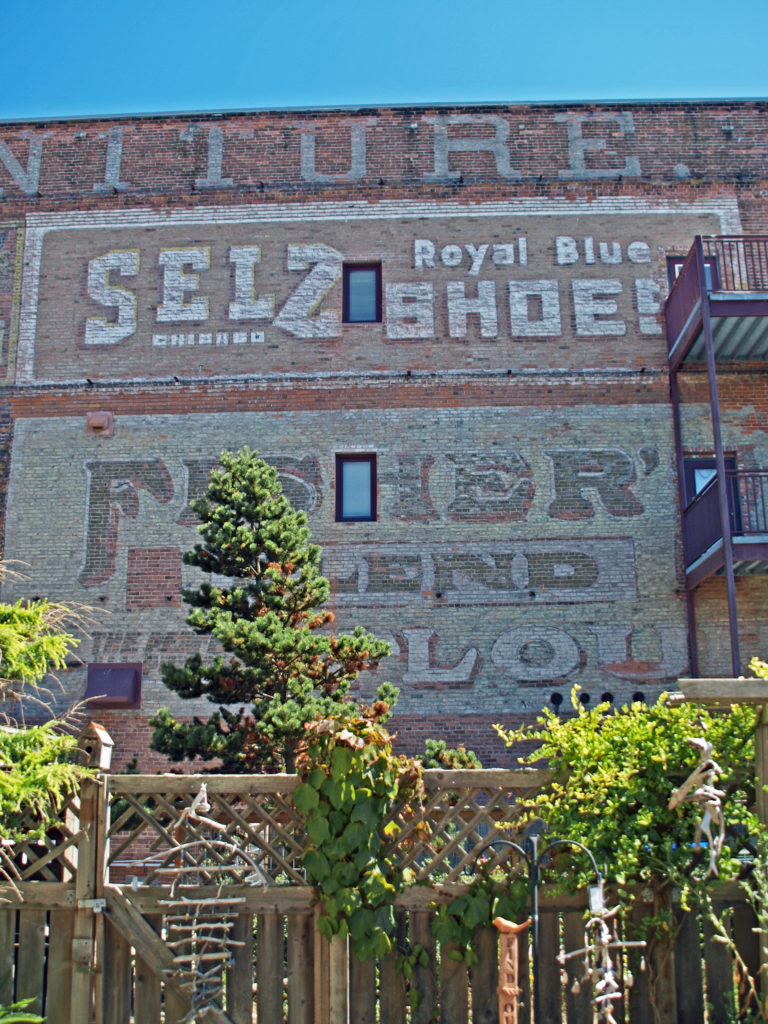 On the food side, Owl Spirit Cafe is a good place to grab a sandwich or burrito for lunch. If you have pizza in mind, try Waterfront Pizza. My go to spot for breakfast and lunch is
On the food side, Owl Spirit Cafe is a good place to grab a sandwich or burrito for lunch. If you have pizza in mind, try Waterfront Pizza. My go to spot for breakfast and lunch is 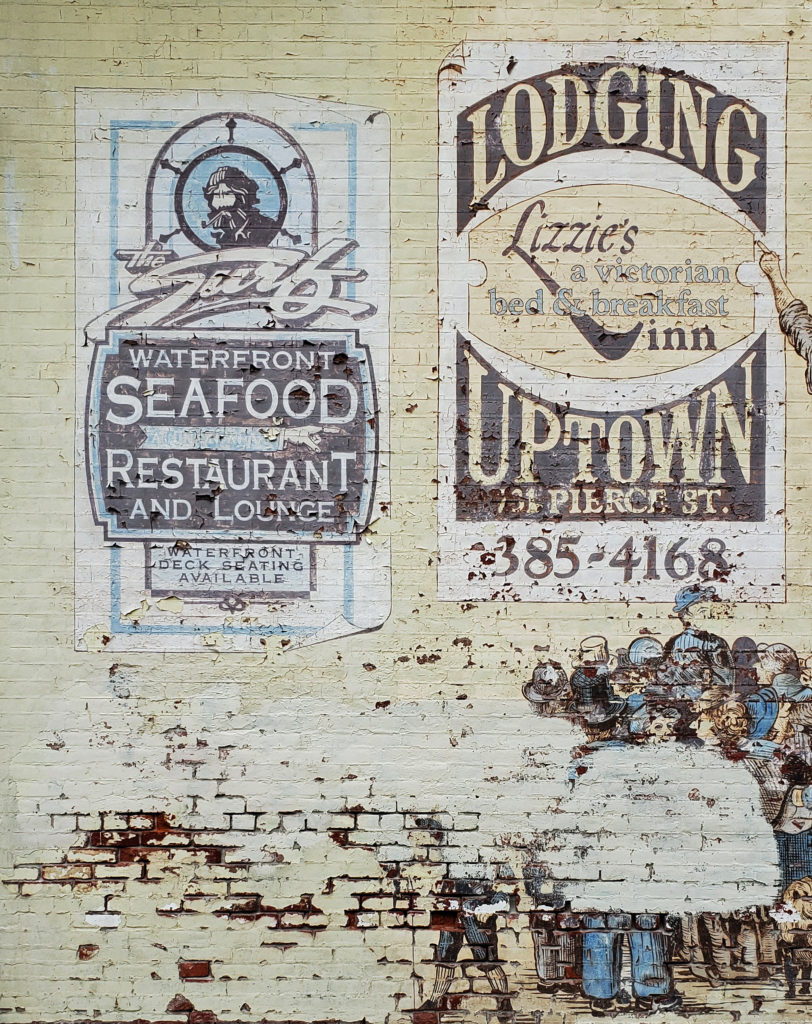 My wife and I stayed at the Water Street Hotel on our most recent visit, recently renamed the
My wife and I stayed at the Water Street Hotel on our most recent visit, recently renamed the 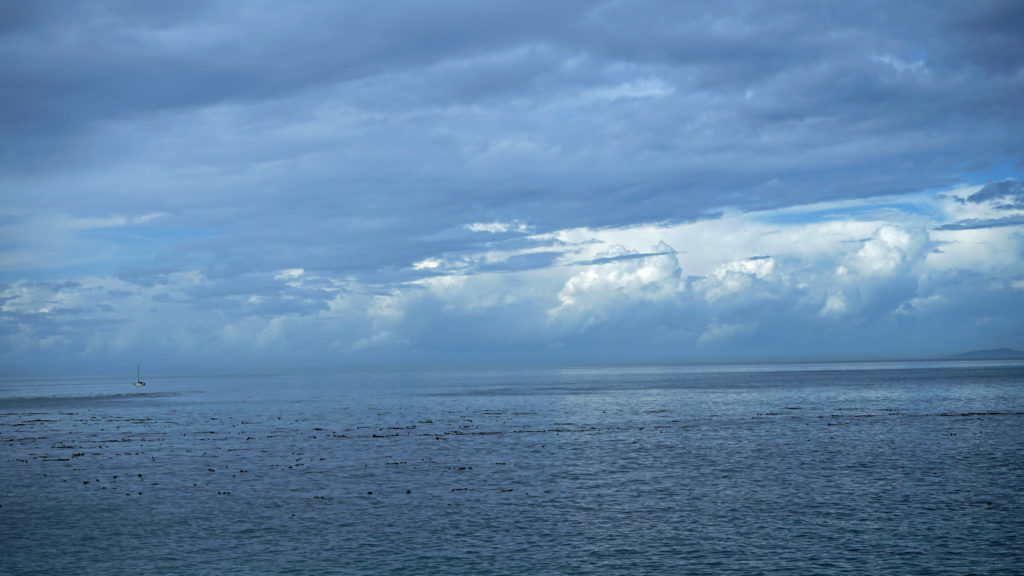
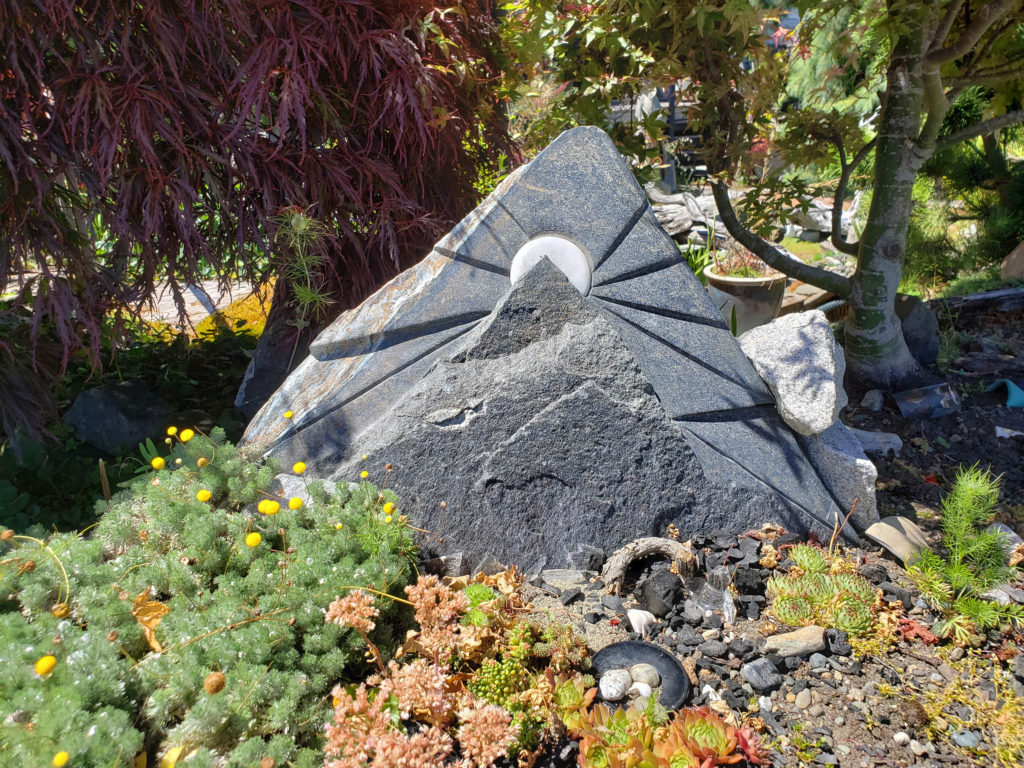 Originally posted November 20, 2020. Updated and re-posted January 12, 2023.
Originally posted November 20, 2020. Updated and re-posted January 12, 2023.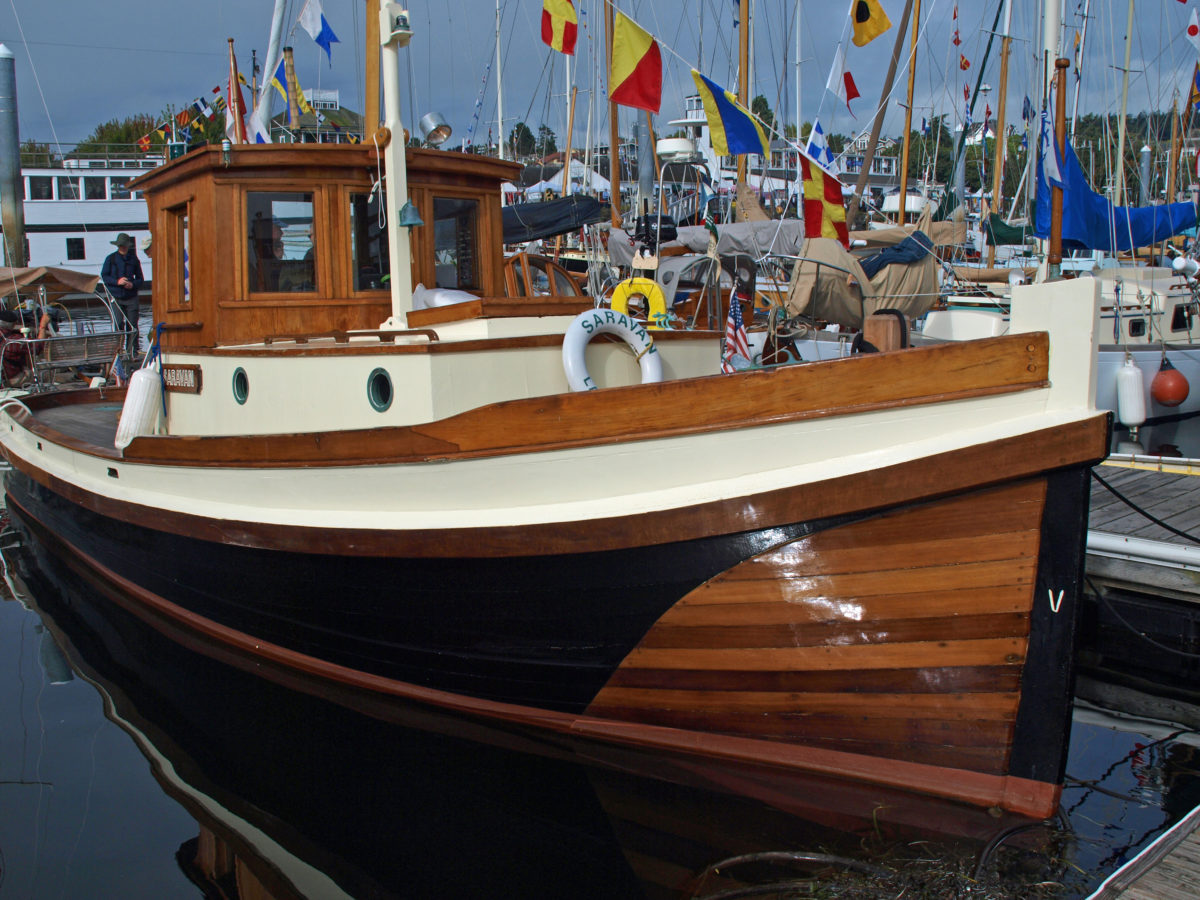
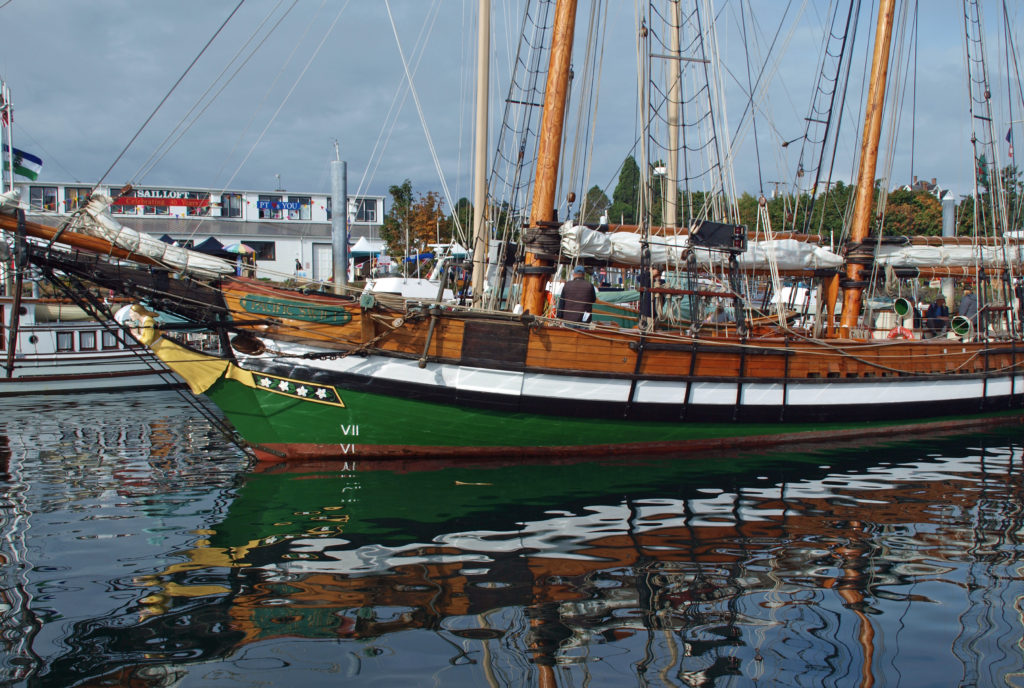 That year, I decided to attend the festival only a month or so before it started, so most of the accommodations in
That year, I decided to attend the festival only a month or so before it started, so most of the accommodations in 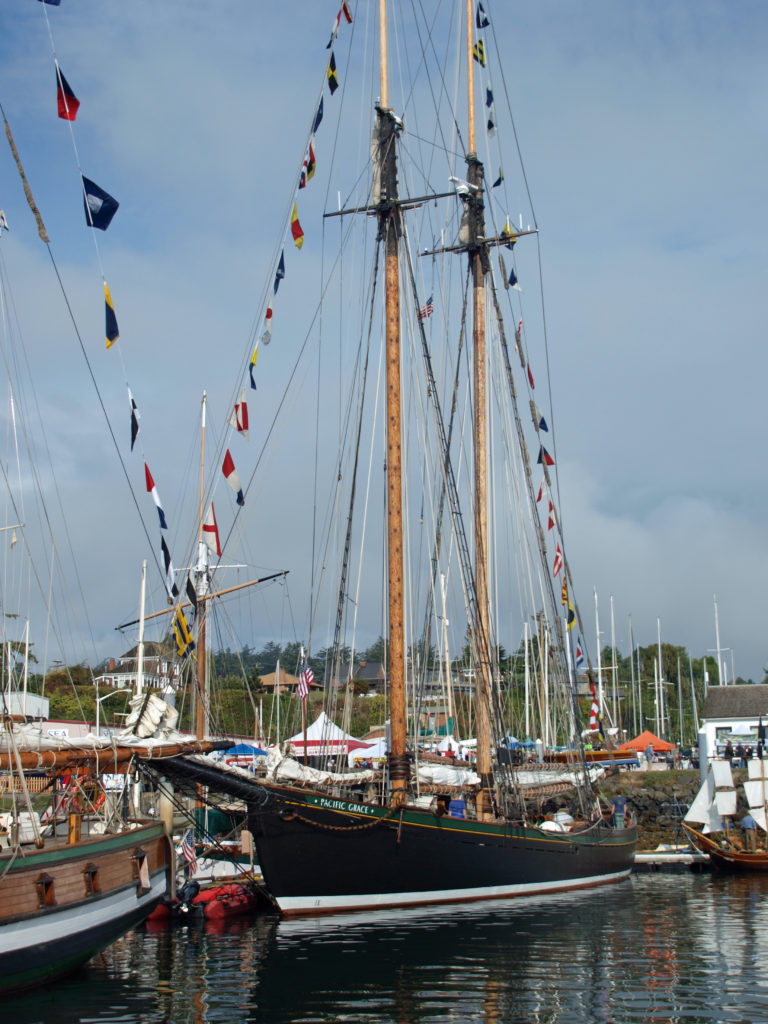 I found the Wooden Boat Festival to be as amazing an event as I had imagined, and maybe then some. It was quite a treat to see so many beautiful boats in one place. There were more than 300 boats featured at the 2018 show. Many of the owners welcomed guests aboard their boats and all were happy to talk about their boats and answer any questions.
I found the Wooden Boat Festival to be as amazing an event as I had imagined, and maybe then some. It was quite a treat to see so many beautiful boats in one place. There were more than 300 boats featured at the 2018 show. Many of the owners welcomed guests aboard their boats and all were happy to talk about their boats and answer any questions.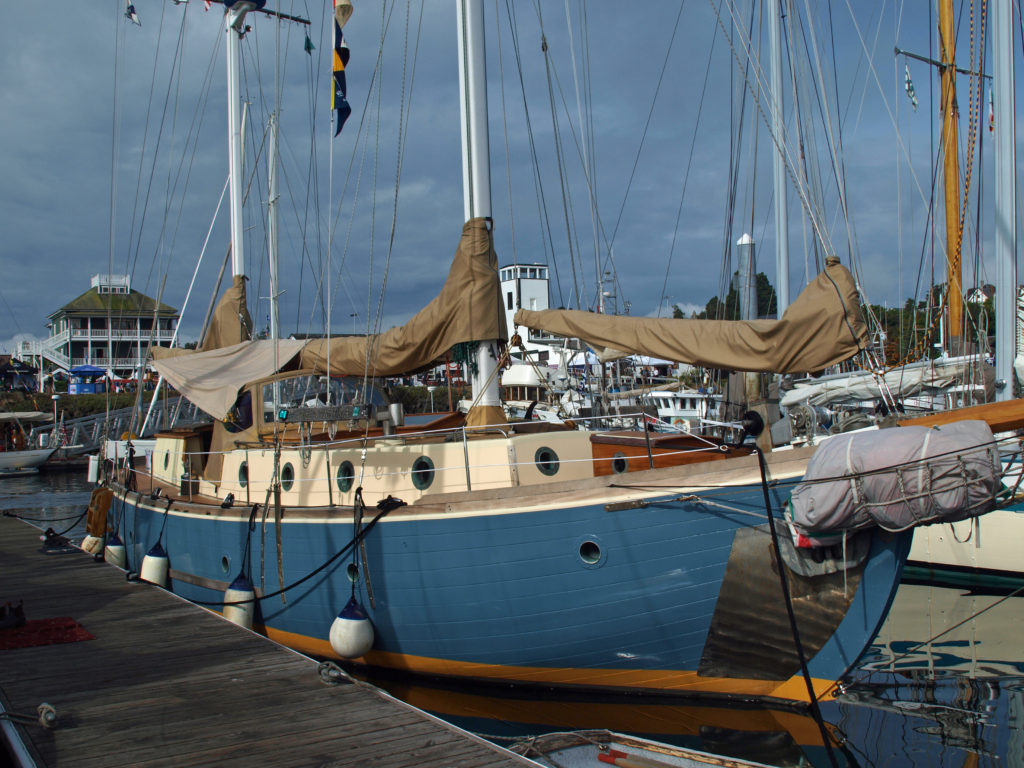 There were sailing, paddling, and rowing races, panel discussions, music, food and drink, films, and dozens of classes on boat designing and building, boat maintenance, sailing, navigation, living aboard, and much more. You could sail on one of several tall ships, try your hand at paddle boarding, or crew on a replica of one of Captain George Vancouver’s longboats from 1792. There was also a boat building competition in which teams endeavored to build boats from scratch in three days. And there were lots of activities for kids.
There were sailing, paddling, and rowing races, panel discussions, music, food and drink, films, and dozens of classes on boat designing and building, boat maintenance, sailing, navigation, living aboard, and much more. You could sail on one of several tall ships, try your hand at paddle boarding, or crew on a replica of one of Captain George Vancouver’s longboats from 1792. There was also a boat building competition in which teams endeavored to build boats from scratch in three days. And there were lots of activities for kids.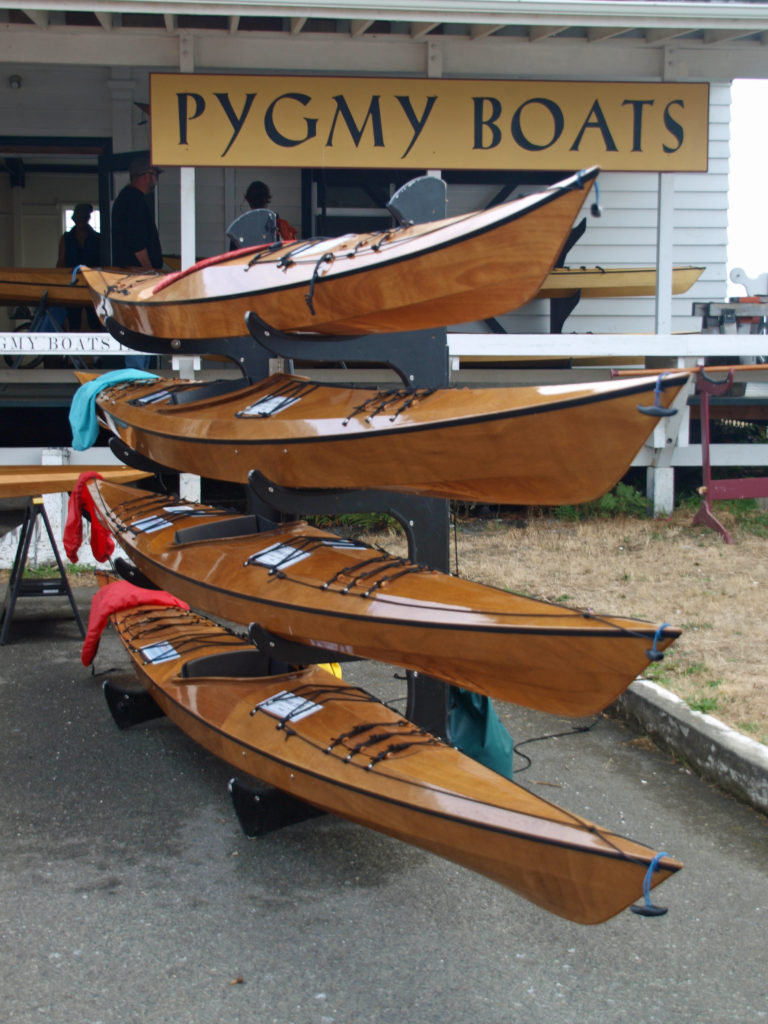 One of the highlights for me was being able to talk to some of the many boat builders at the festival, and seeing some of the boats that they’ve built. Casey Wilkerson of
One of the highlights for me was being able to talk to some of the many boat builders at the festival, and seeing some of the boats that they’ve built. Casey Wilkerson of 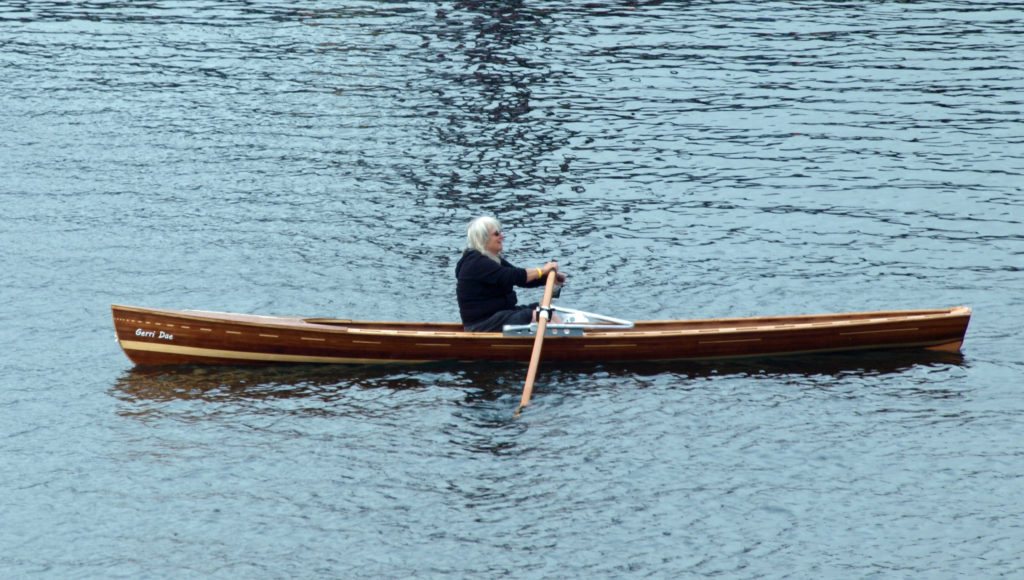
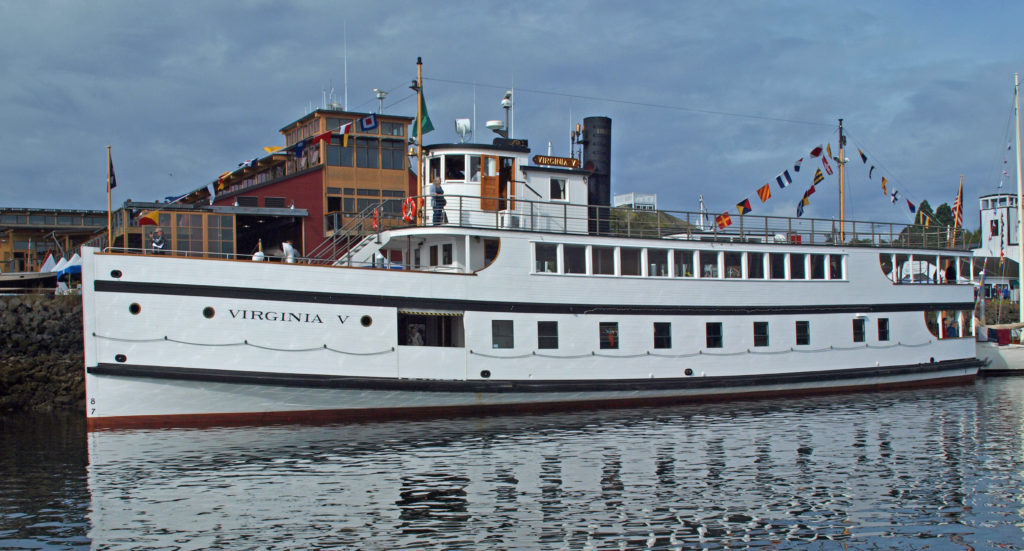 All in all, there was far too much to see and do in a single day. I haven’t been back since the 2018 festival, but I’m hoping to attend the 2023 festival, to be held September 8-10. This time I’ll plan a little farther ahead, stay in Port Townsend, and take in the entire three days of the festival. And by the way, even if you’re not a wooden boat fan, Port Townsend is a pretty cool town, well worth a visit any time of the year.
All in all, there was far too much to see and do in a single day. I haven’t been back since the 2018 festival, but I’m hoping to attend the 2023 festival, to be held September 8-10. This time I’ll plan a little farther ahead, stay in Port Townsend, and take in the entire three days of the festival. And by the way, even if you’re not a wooden boat fan, Port Townsend is a pretty cool town, well worth a visit any time of the year.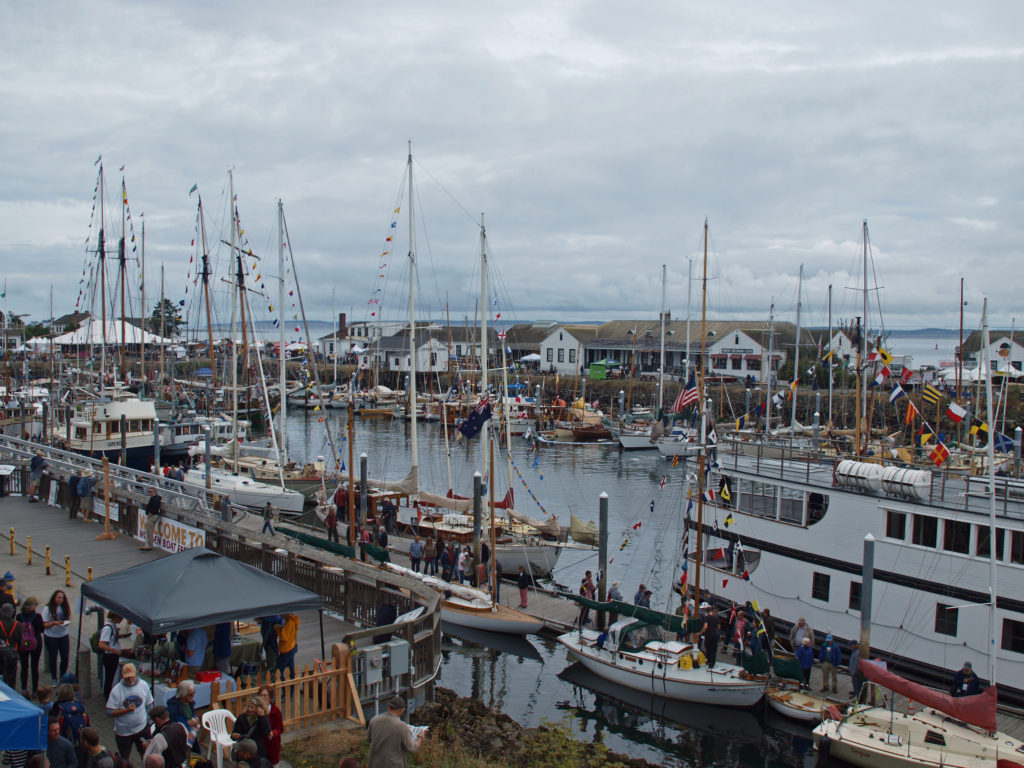 For more information about the festival, check out the festival’s
For more information about the festival, check out the festival’s 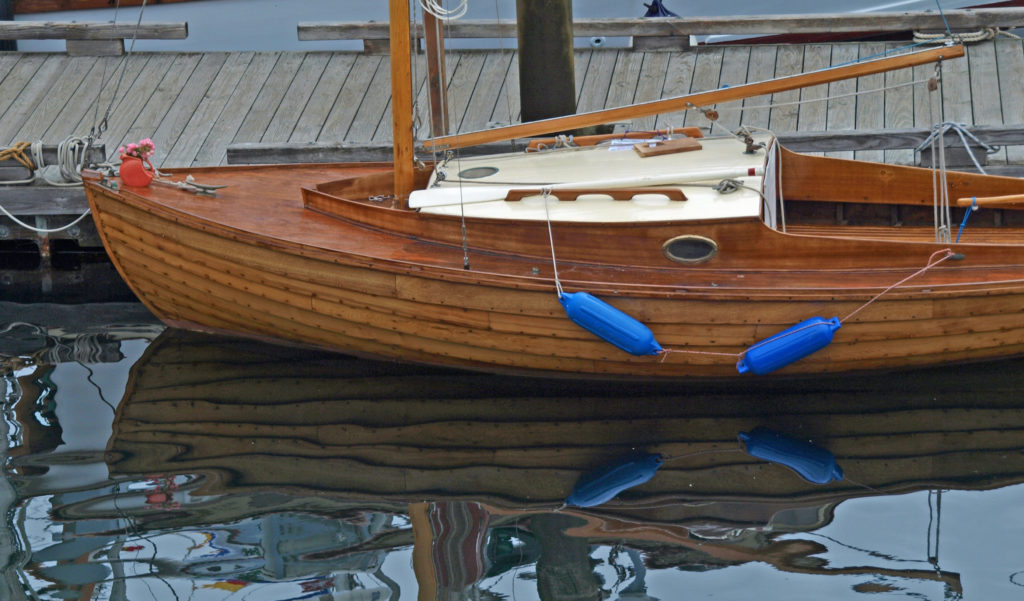 Originally posted September 13, 2018. Edited and re-posted September 20, 2022.
Originally posted September 13, 2018. Edited and re-posted September 20, 2022.